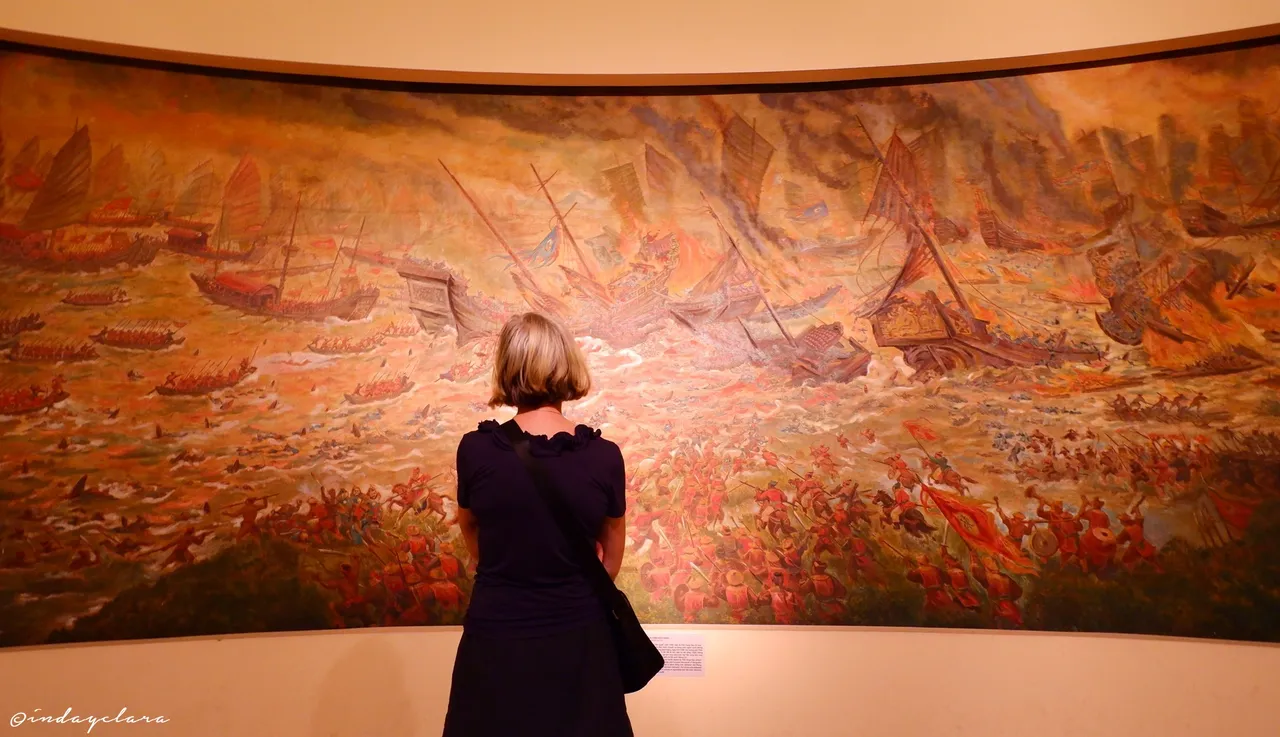
Inside a four cornered wall, students learned mainly from the books. The books have helped us gain knowledge of the world even just through pictures and words. But I was craving for more. To see with my own eyes the amazing wonders that the world has to offer, to feel the adrenaline of a fun-filled adventure, to make friends with people from different walks of life, to broaden my understanding of what life is all about; and to find the meaning of love, peace and happiness.
And finally being able to do so, I have embraced the opportunity of knowing so much more from this journey I have embarked. Learning the culture of another country is a rich, satisfying and enjoyable experience that changes the person for the better.
NATIONAL MUSEUM OF VIETNAMESE HISTORY
To have a glimpse of the rich culture and colourful history of Vietnam, I headed over to the National Museum of Vietnamese History. This was my last stop for my first day of tour in Hanoi. The museum is located at No. 1 Pham Ngu Lao Steet, Hoam Kiem District just close to the Hanoi Opera House. Arriving there around noon time, I scouted the gardens as I waited for the museum to open up around 1:30 p.m. in the afternoon.
Upon seeing the exterior design of the building, one would be truly impressed by its unique and stunning look. The museum is a work of art that harmoniously combines the French (orange façade, columns and arches) and Chinese (curved roofs and hexagonal tower) architectural elements of expression. Statues of deities, replicas of pagodas and beautiful bonsai trees can also be seen in the garden.
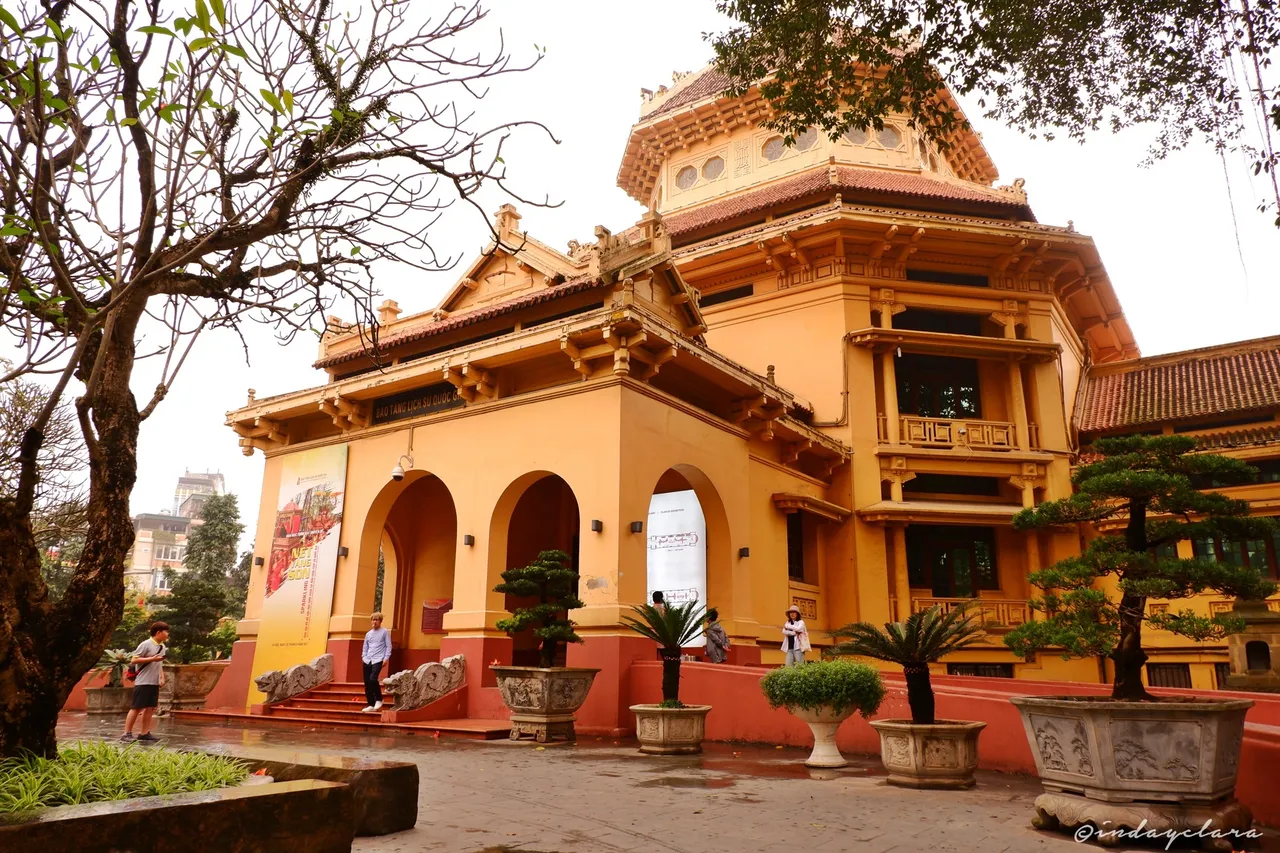
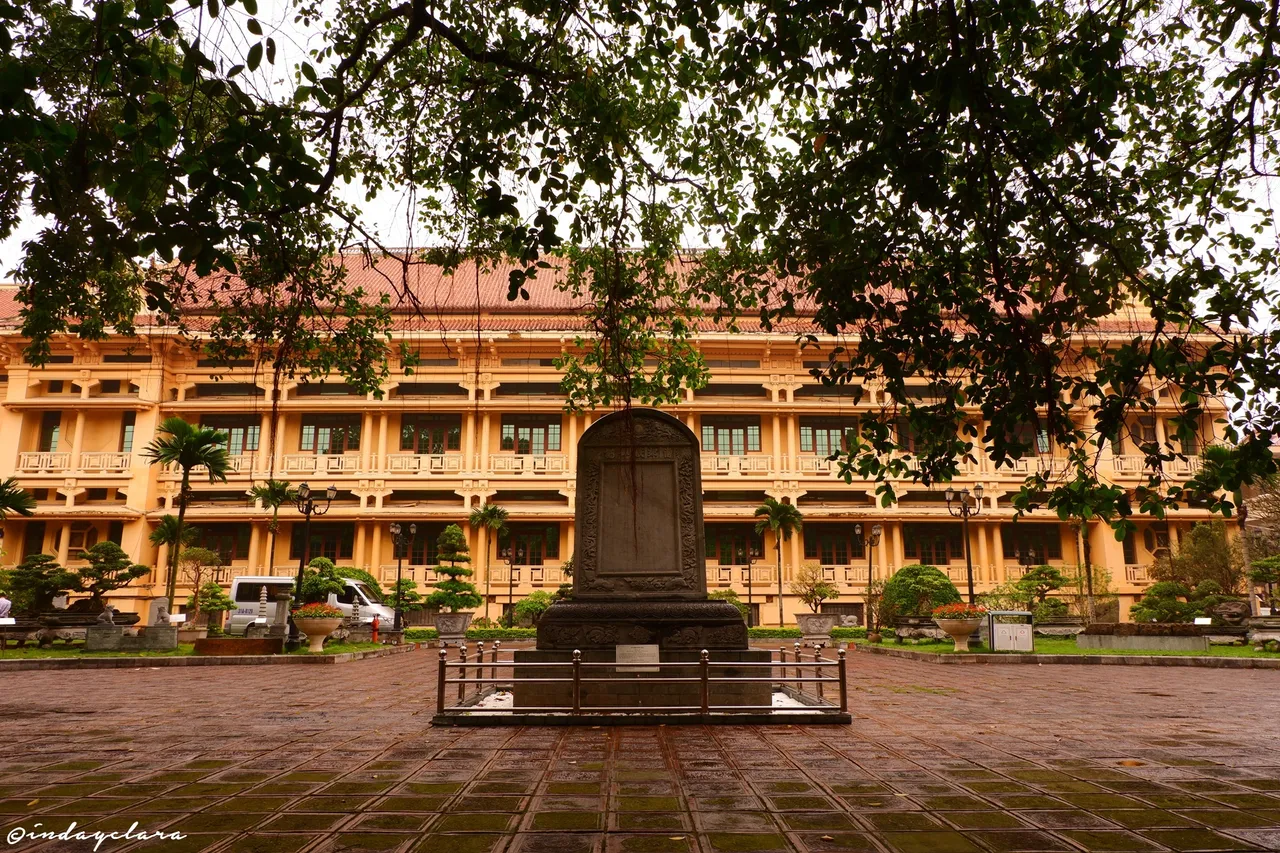
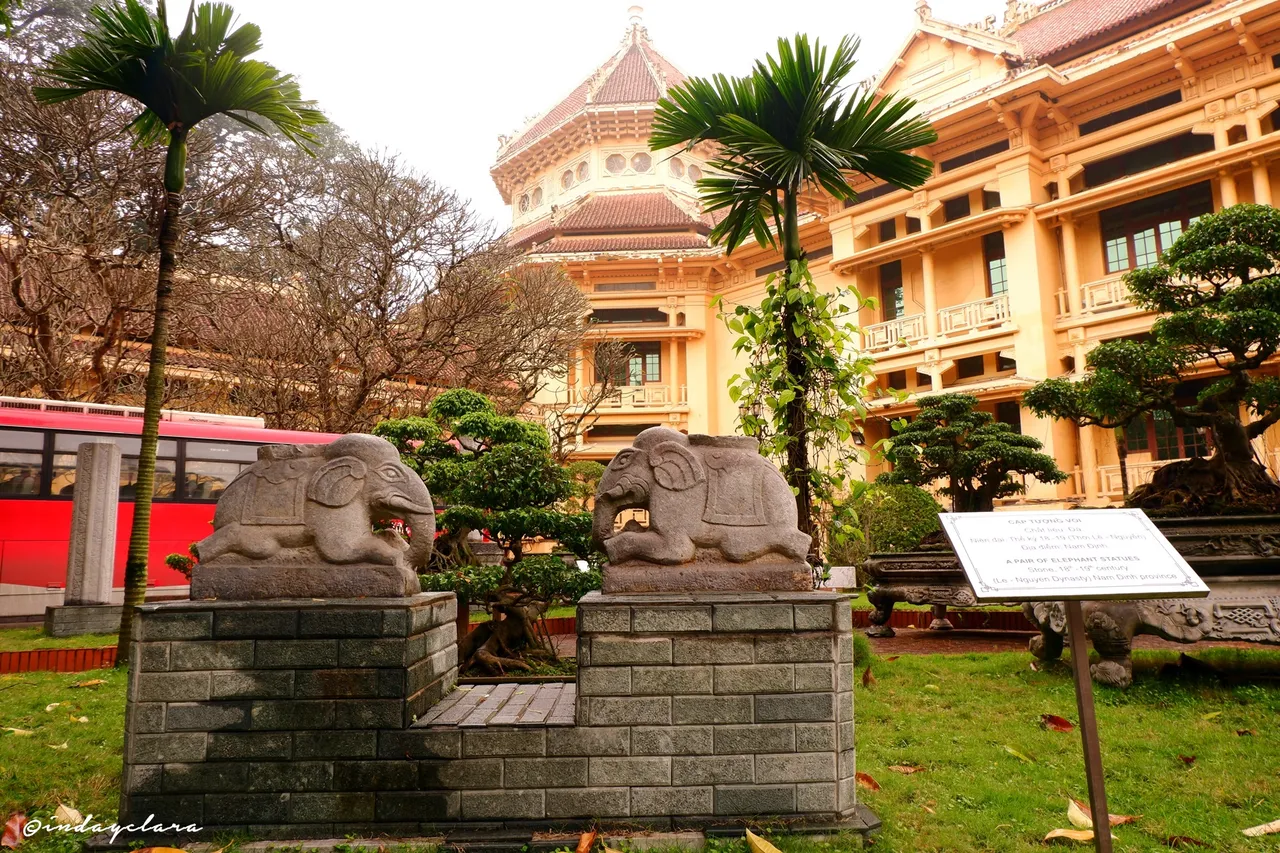
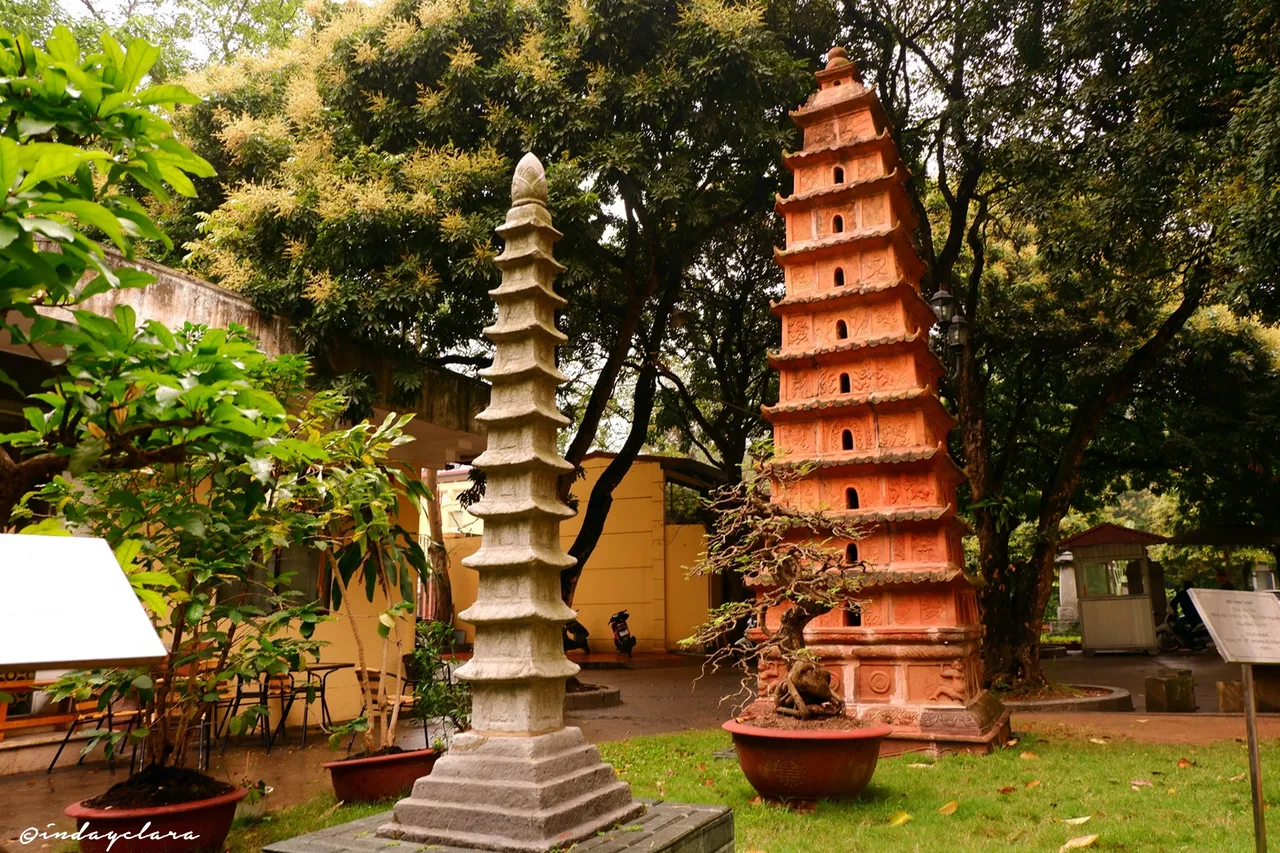
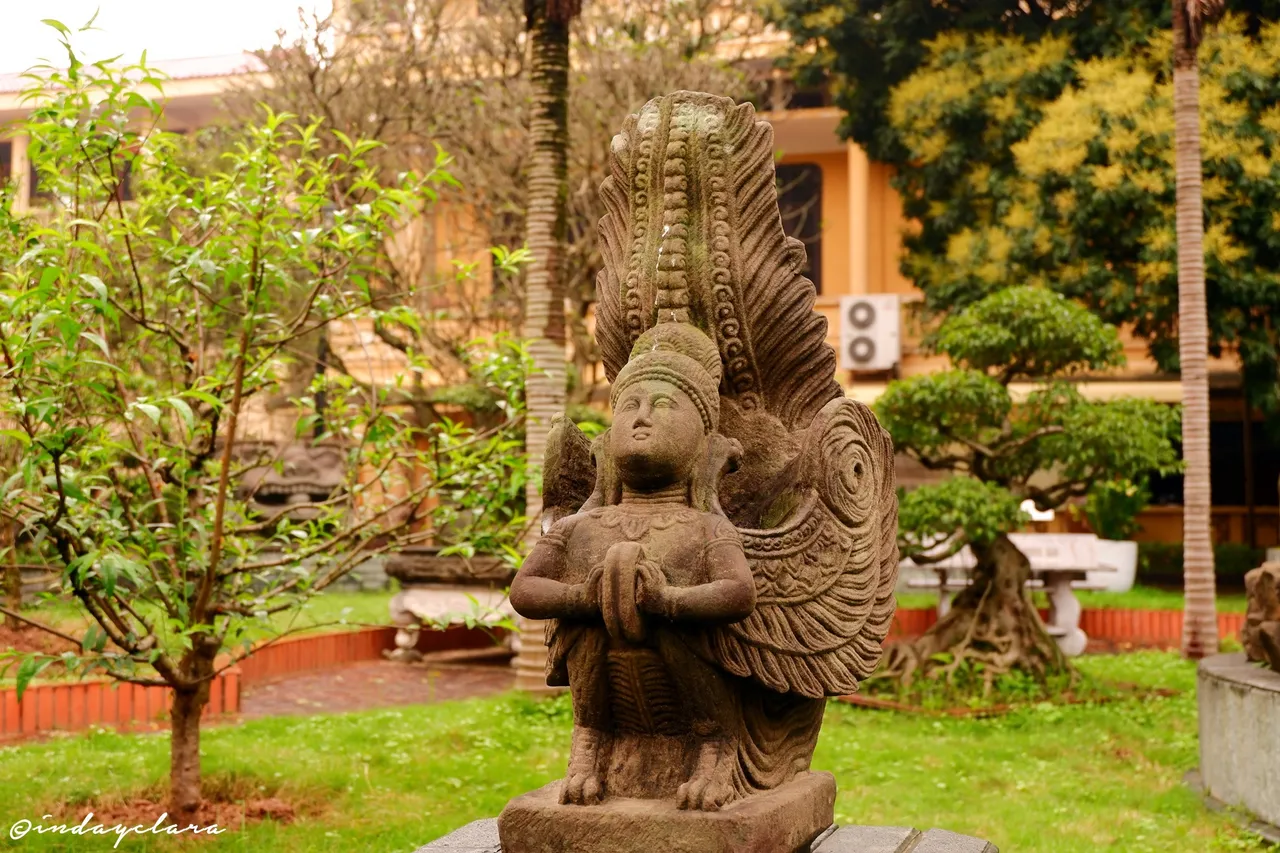
AD (Ly – Tran dynasties), Ha Nam province.
This museum was originally called Louis Finot Museum, an archaeological research institution by the Ecole Française d’Extreme-Orient during the French colonial rule in 1910. In 1920 to 1932, it was given a modern look as what it is now seen today by architect Ernest Hébrard. The museum was taken over by the Vietnamese Government, changed its name into National Museum of Vietnamese History and was made open to the public in 1958.
Covering about 2,200 square meters in area, the museum highlights an abundant overview of the history of Vietnam with two floors divided into 10 different sections in chronological sequence. Around 200,000 precious artifacts, pictures and documents could be found inside depicting the course of national history from the prehistoric period up to the August 1945 Revolution. The historical objects represent not only the cultural diversity of the country but also other cultures from China, Japan, and Thailand.
Here are the following collections that can be found in the museum:
- Collections of relics from the Stone Age dating back from 30,000 to 40,000 years to the Neolithic period about 4,000 – 5,000 years ago.
- Collections from the development period of Bronze Age to the Iron Age (2000 years ago).
- Collections from the different dynasties that ruled Vietnam from the 10th to the 20th century A.D.
- Collections of Champa Stone Sculptures and Oc Eo-Phu Nam Cultures from the 5th to 13th century A.D.
- Paintings, documents and materials of years of resistance against foreign invaders.
It’s time to dive into the past and get lost in our imagination guided with these beautiful remnants from Vietnam’s historical life.
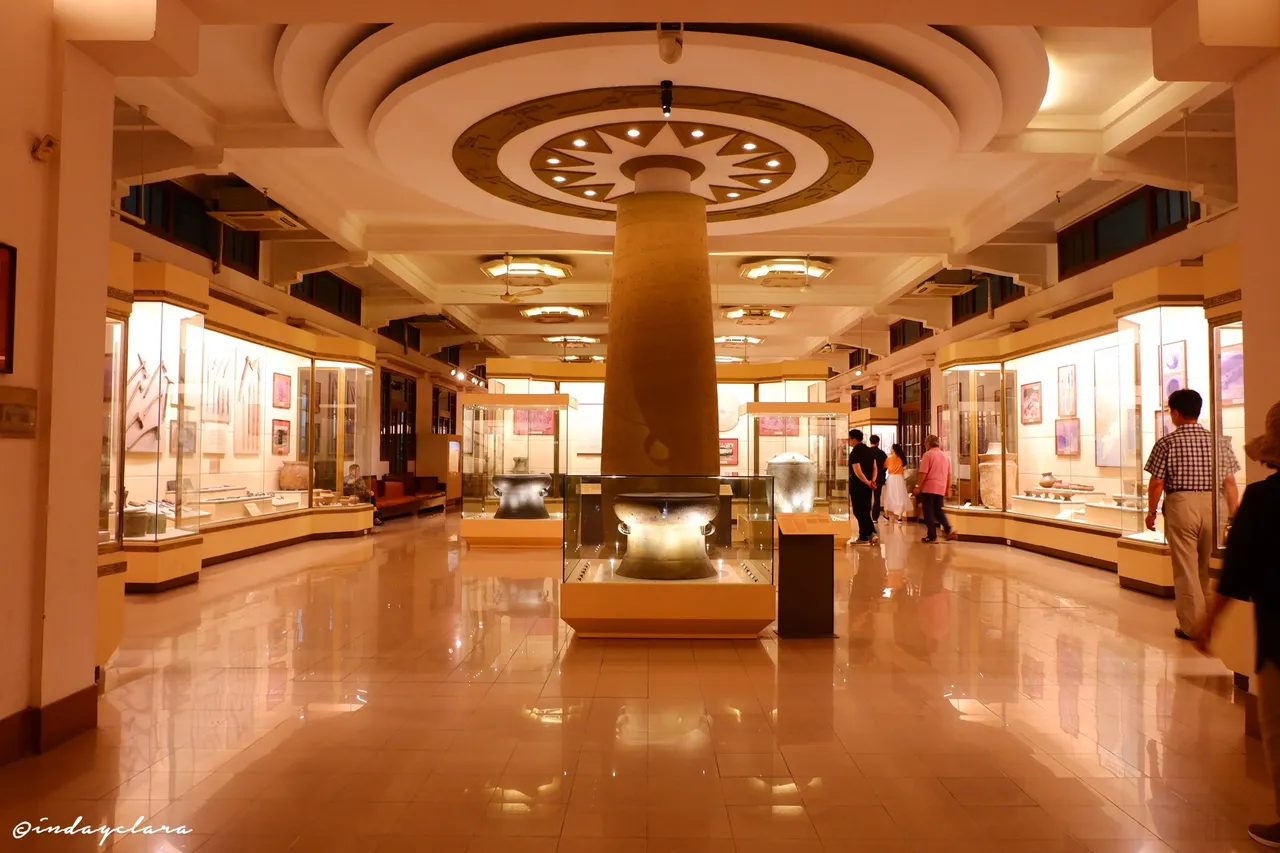
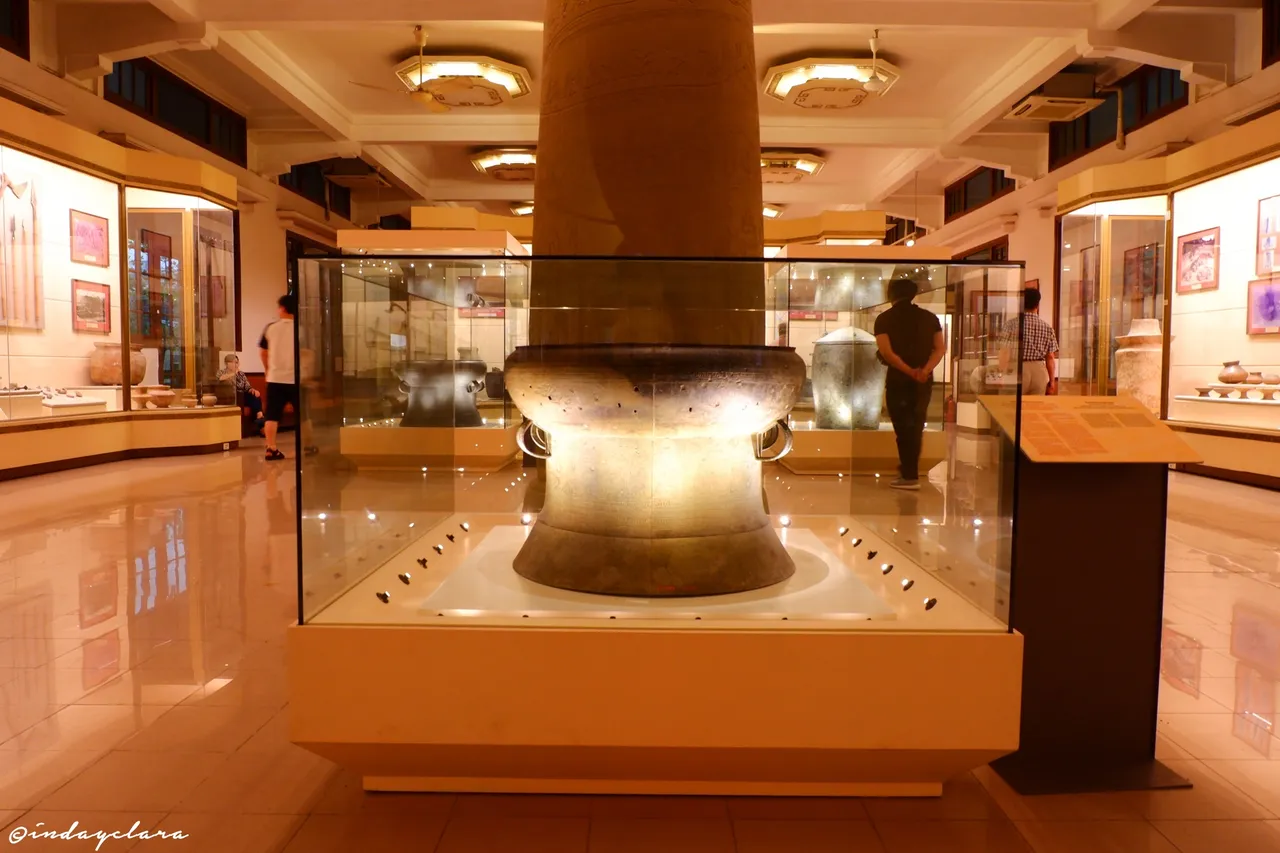
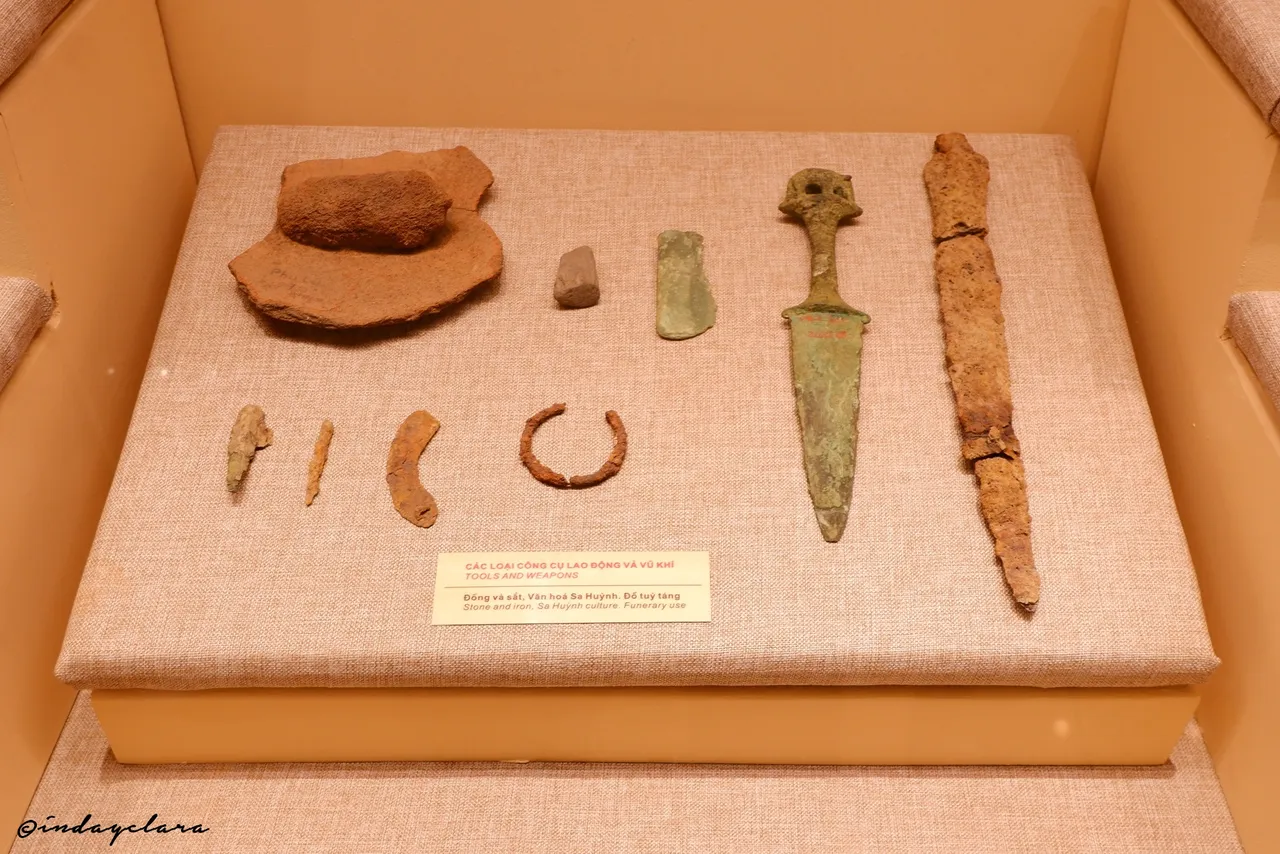
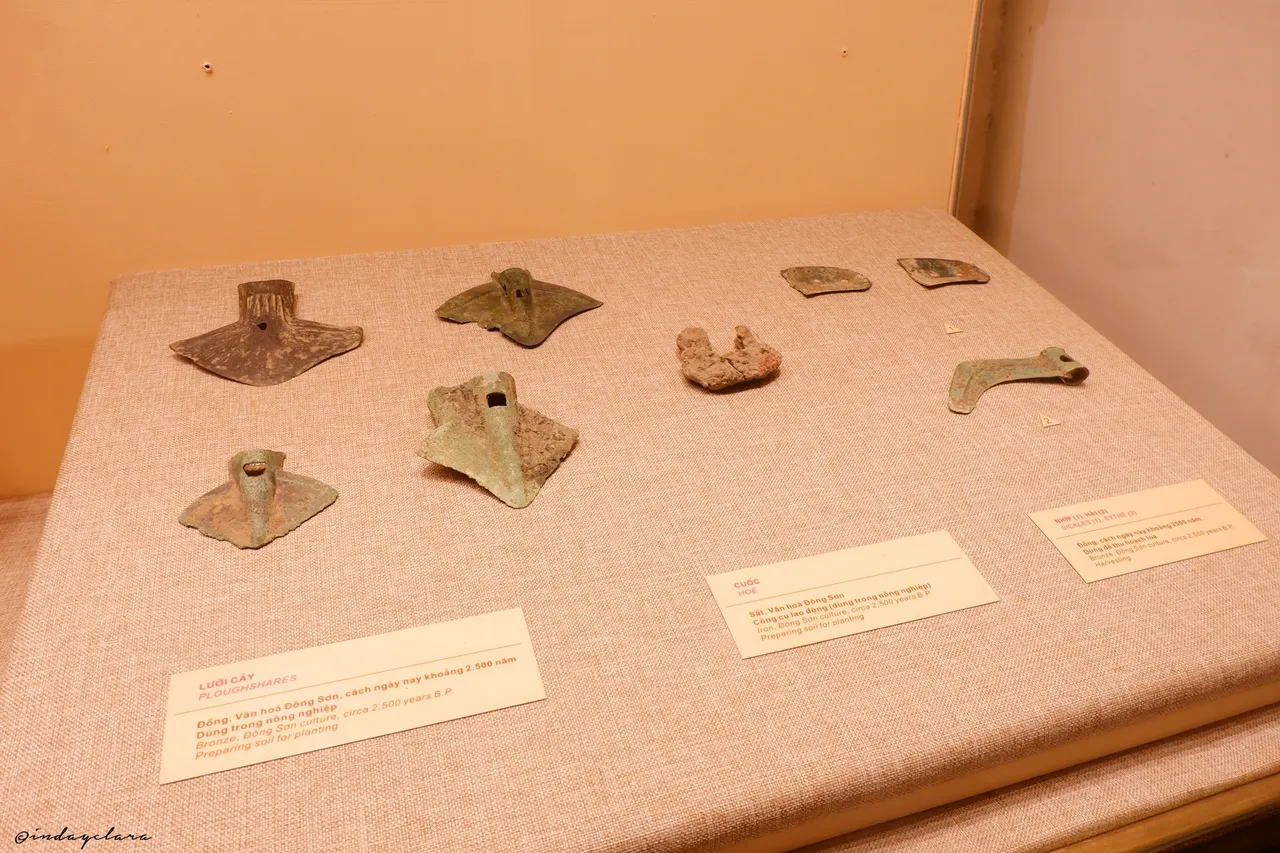
Dong Son culture, circa 2,500 years B.P.
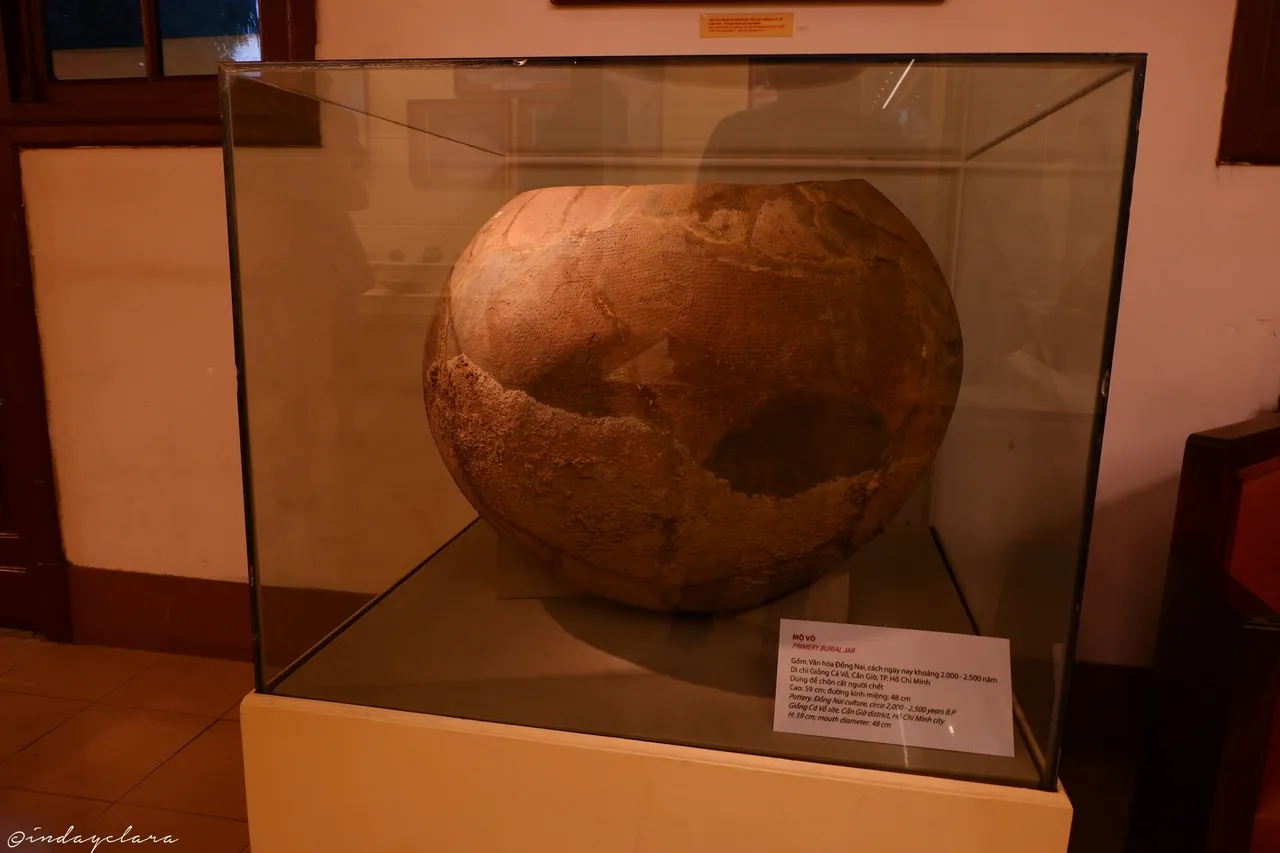
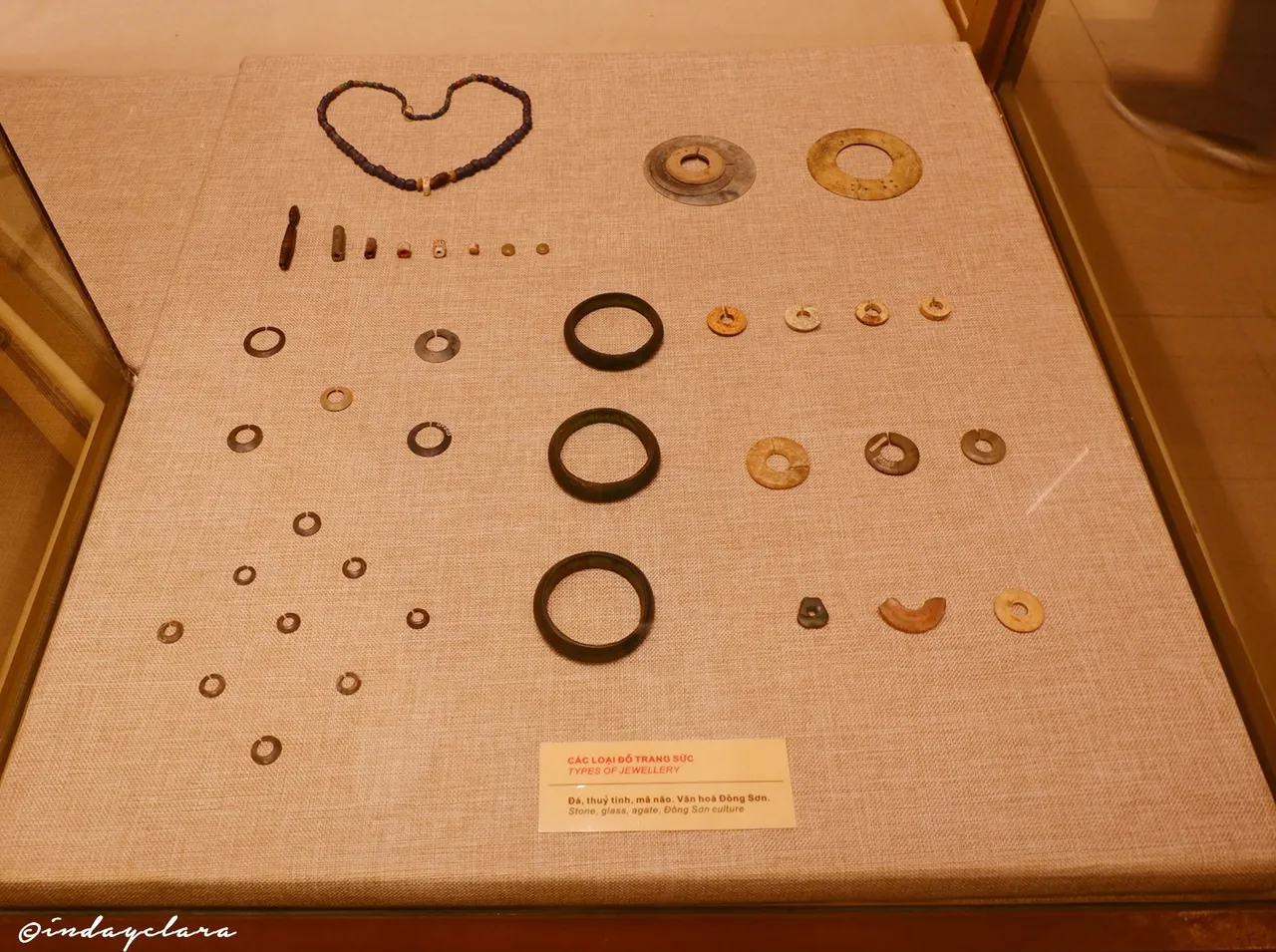
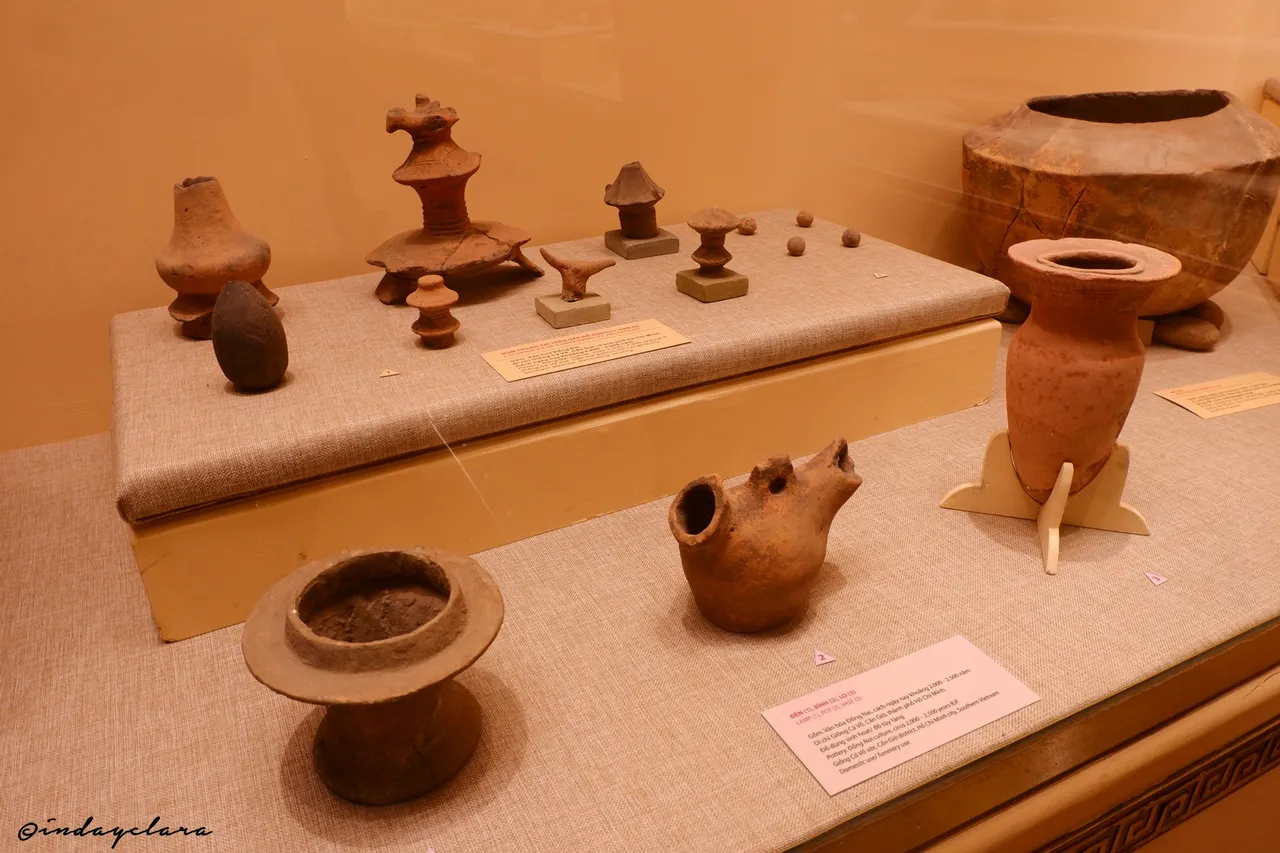
Bottom: Lamp, Pot and Vase. Đồng Nai culture, circa 2500 -2,000 years B.P.
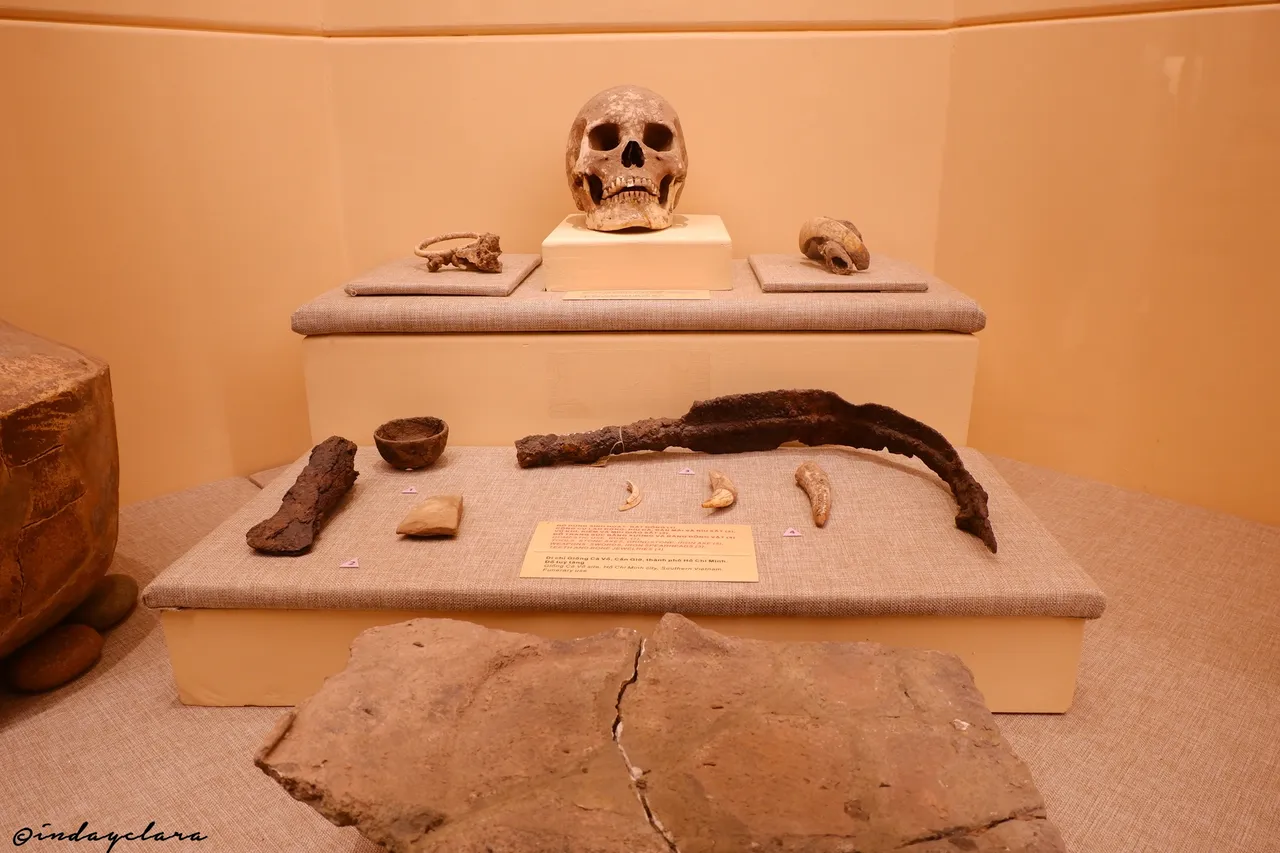
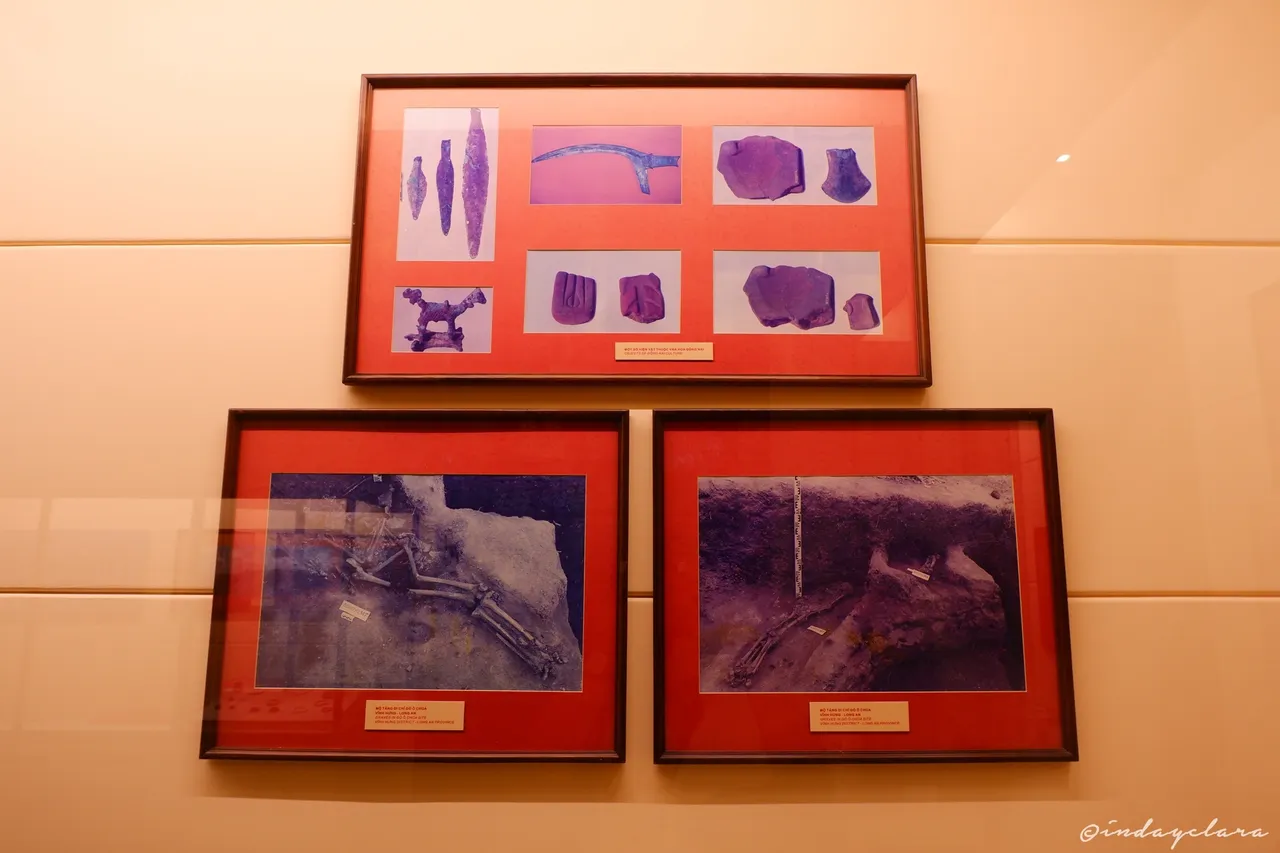
Bottom: Photos of Graves in Go O Chua Site
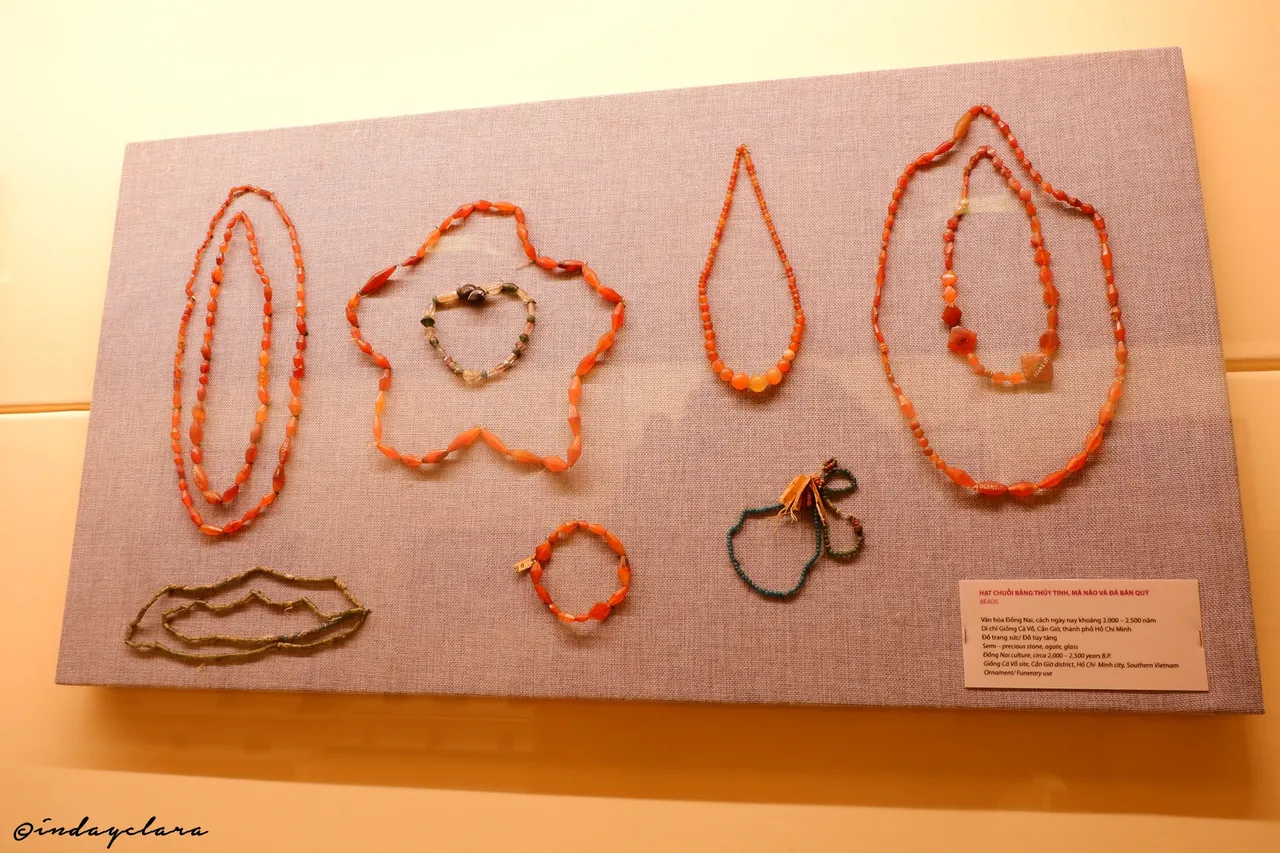
Đồng Nai culture, circa 2500 -2,000 years B.P.
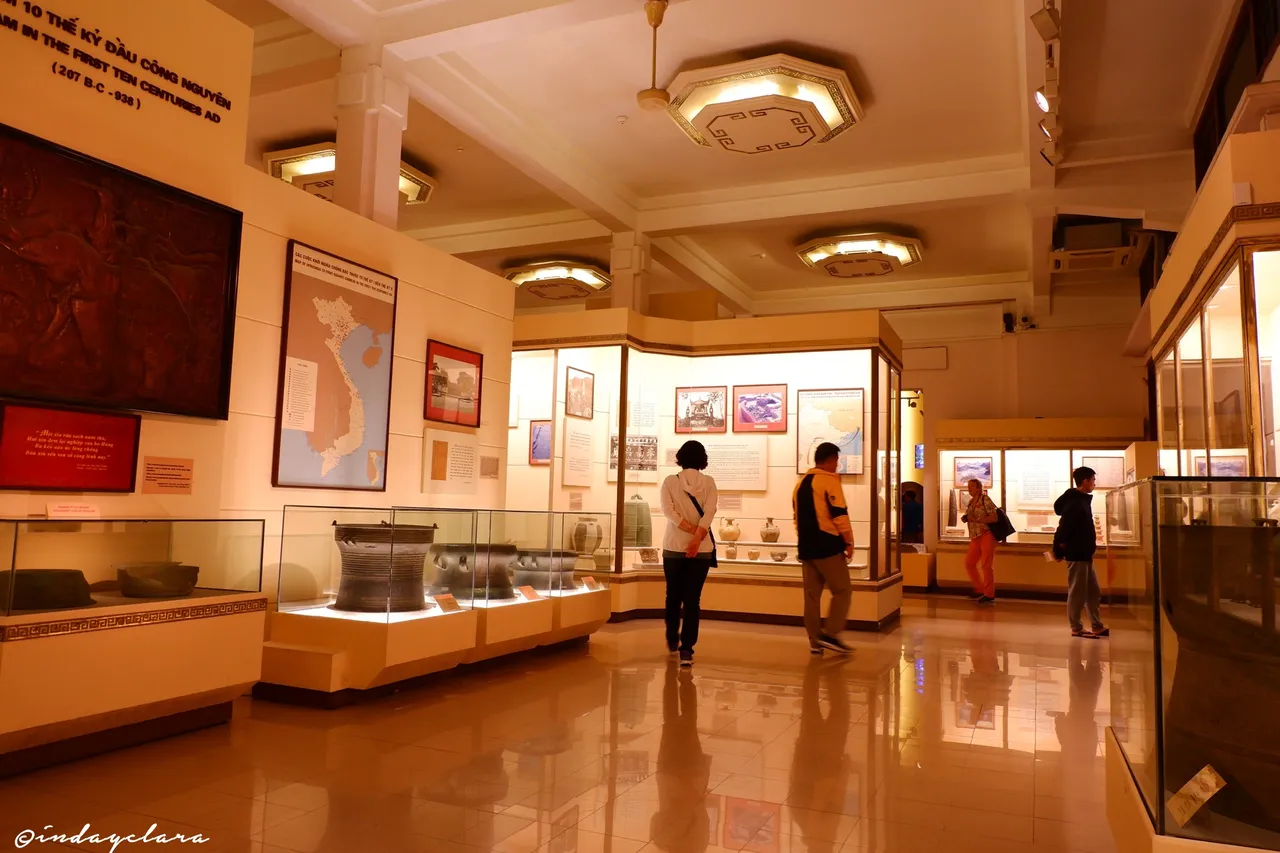
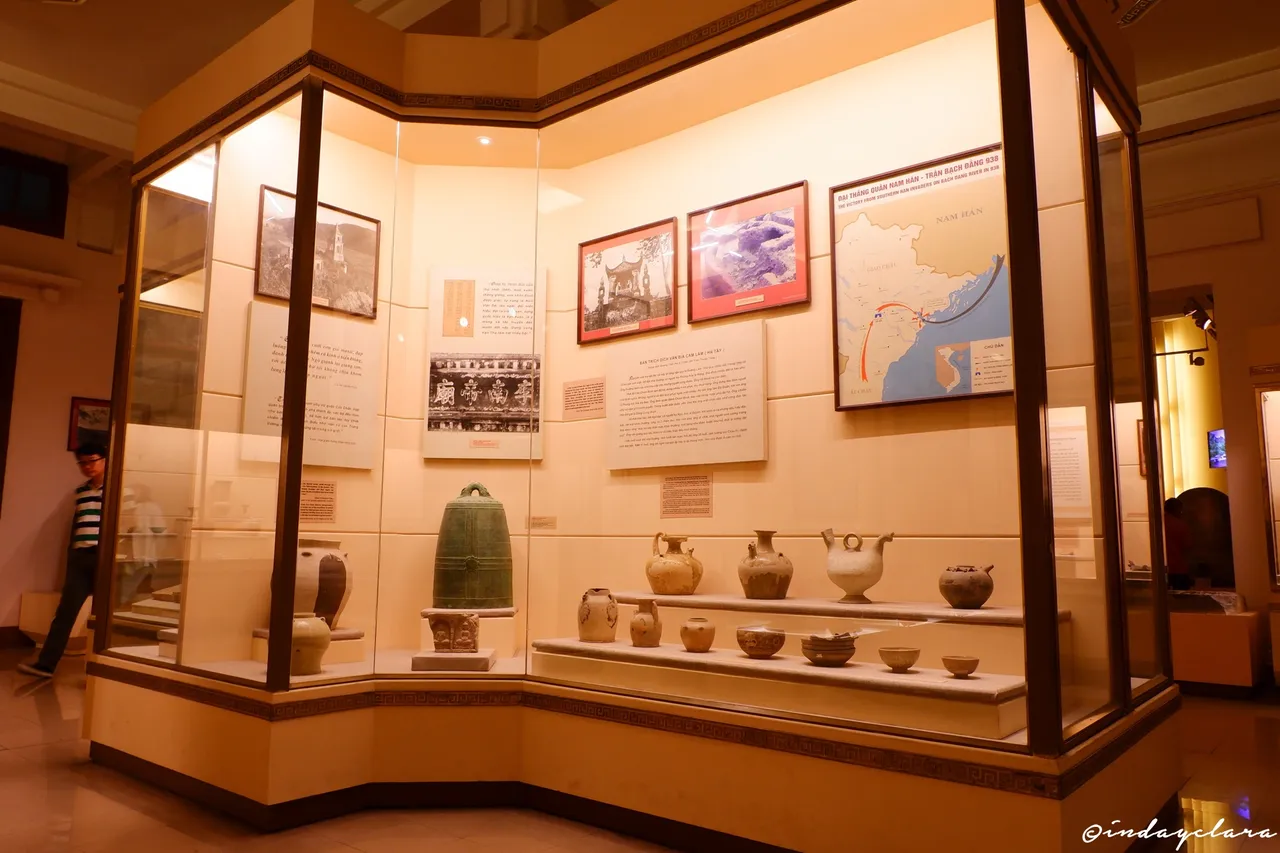
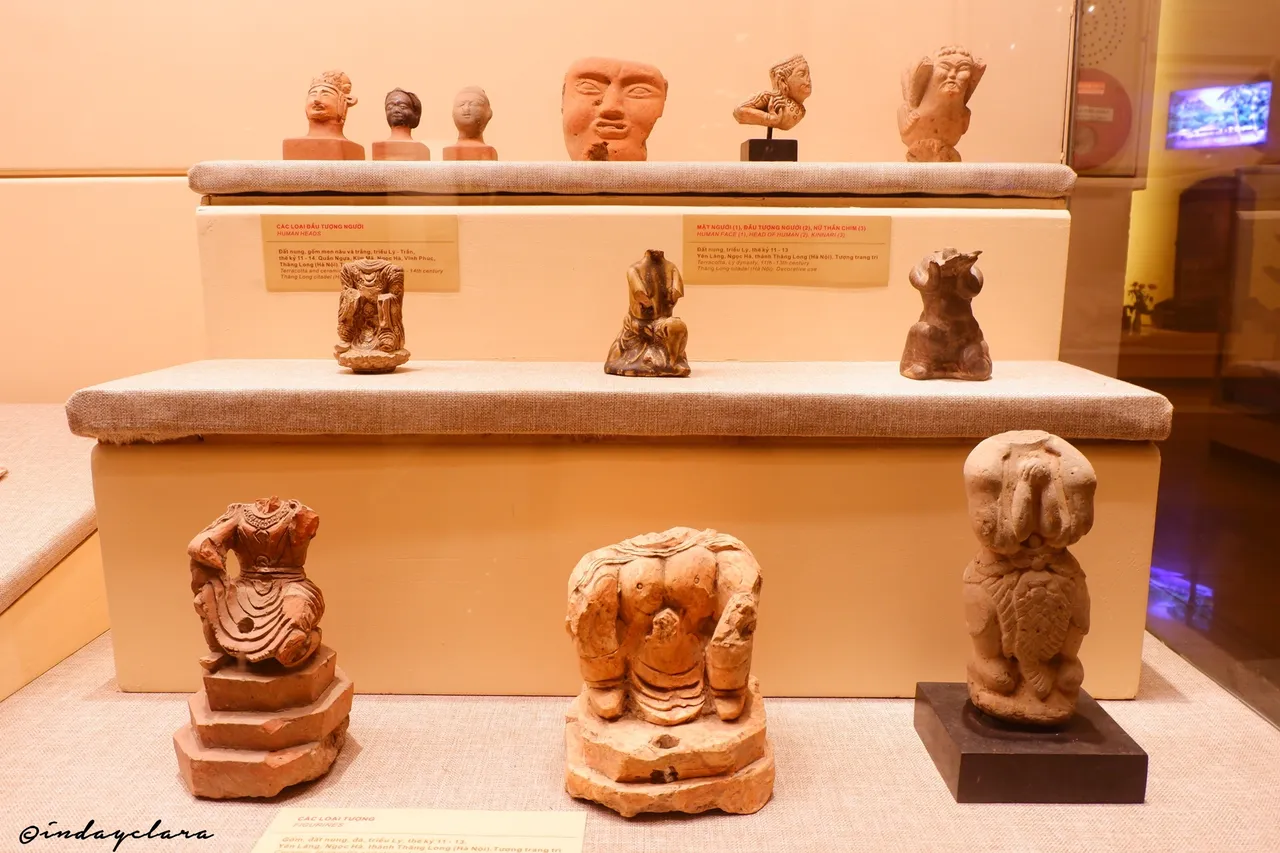
Terracotta is a clay-like earthenware ceramic that can be either glazed or unglazed. In addition to being used for flower pots, terracotta is also often used for water and sewage pipes, bricks, and sculptures. The word “terracotta" comes from the Italian words for “baked earth."
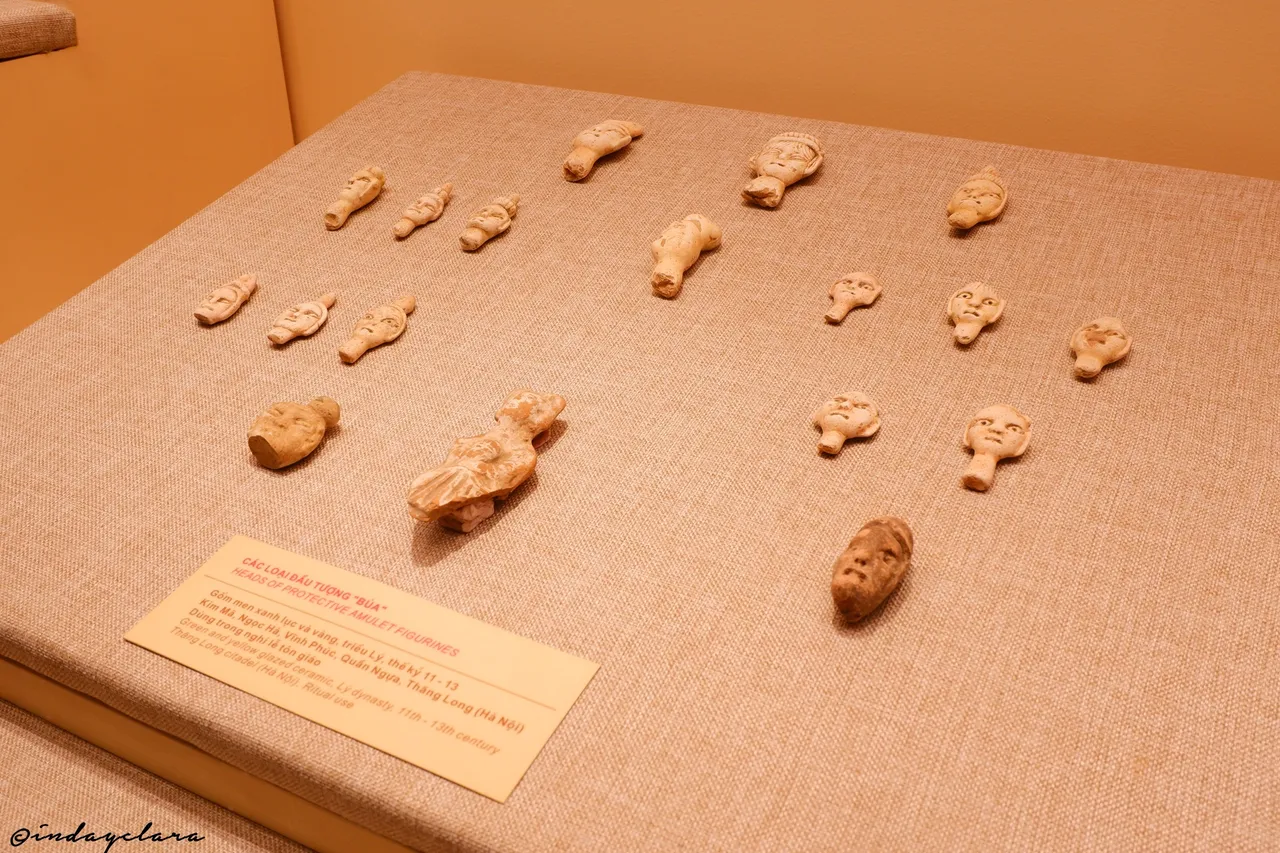
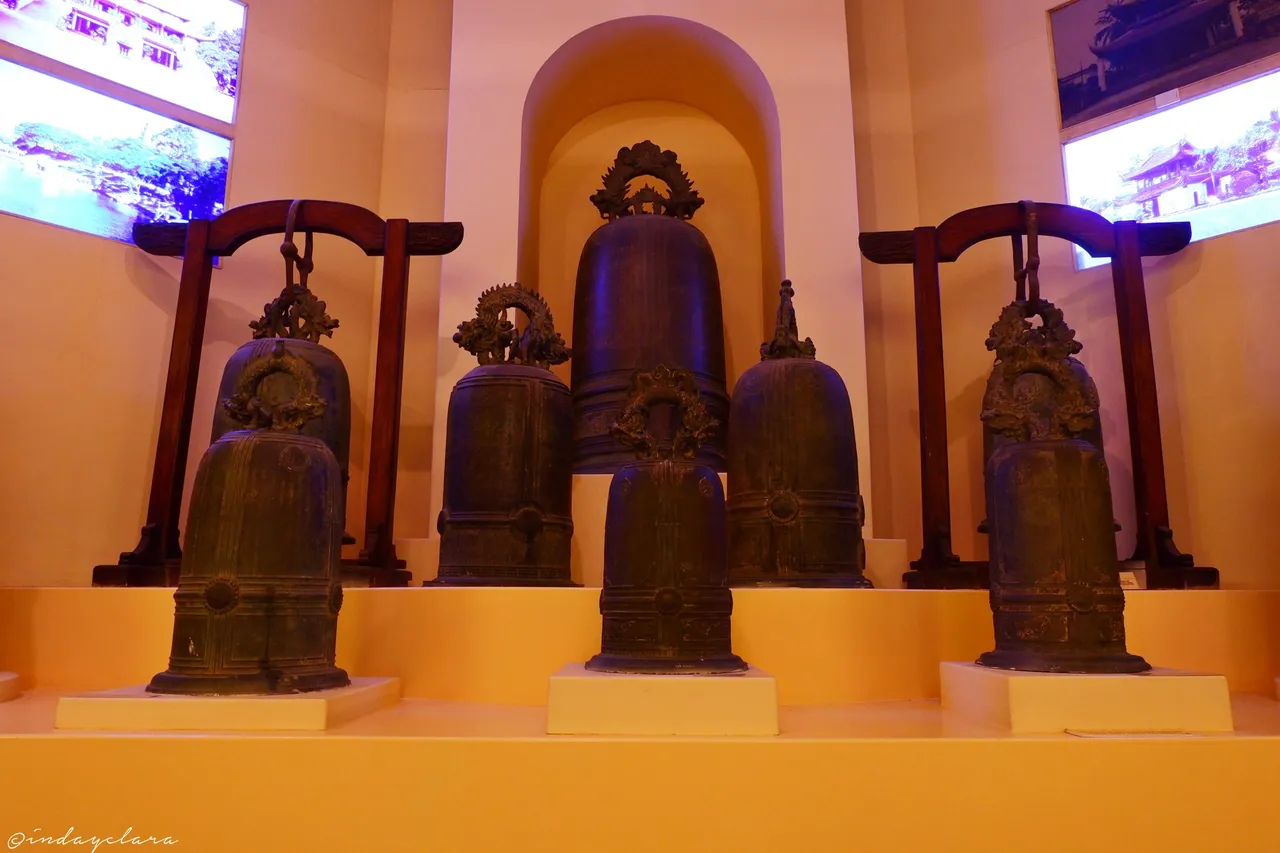
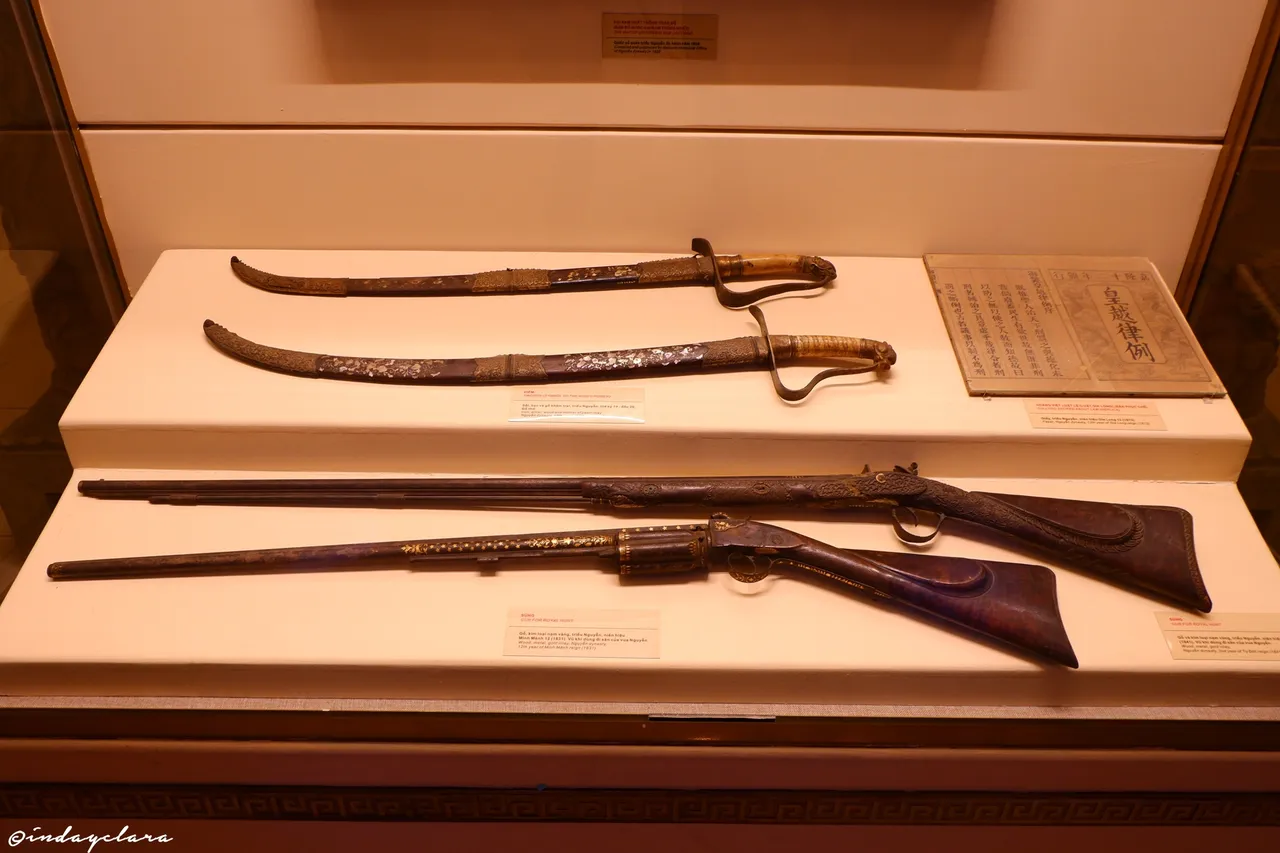
Bottom: Guns – wood, metal, gold inlay, Nguyen dynasty - 1832
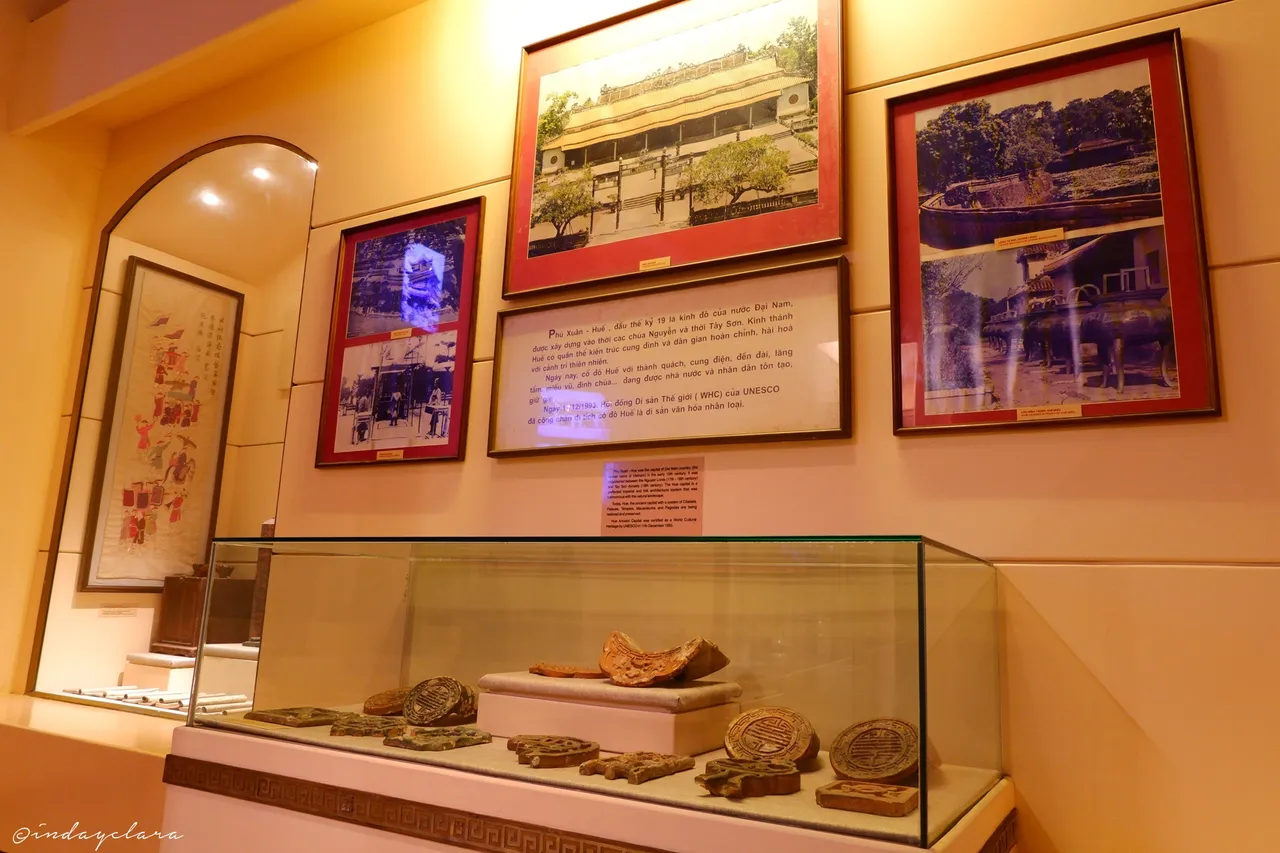
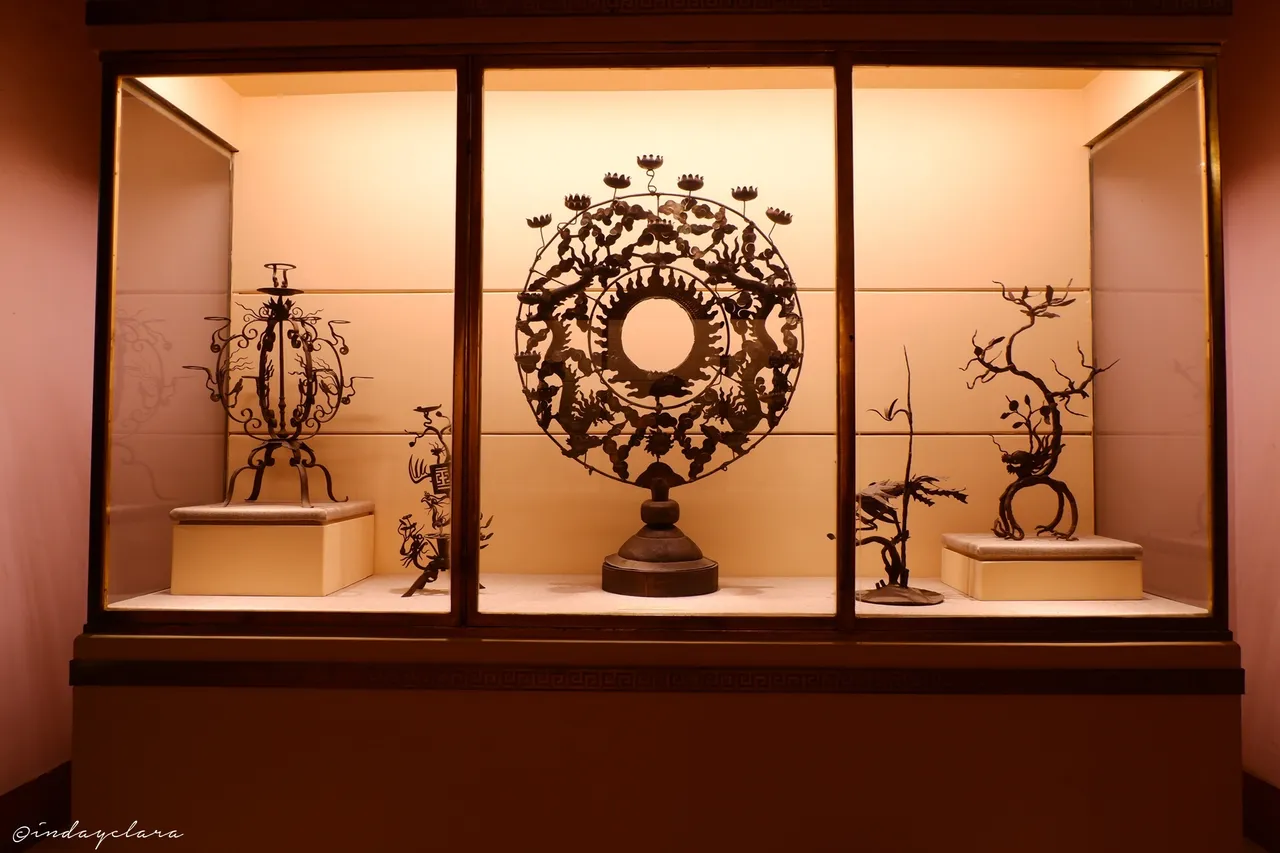
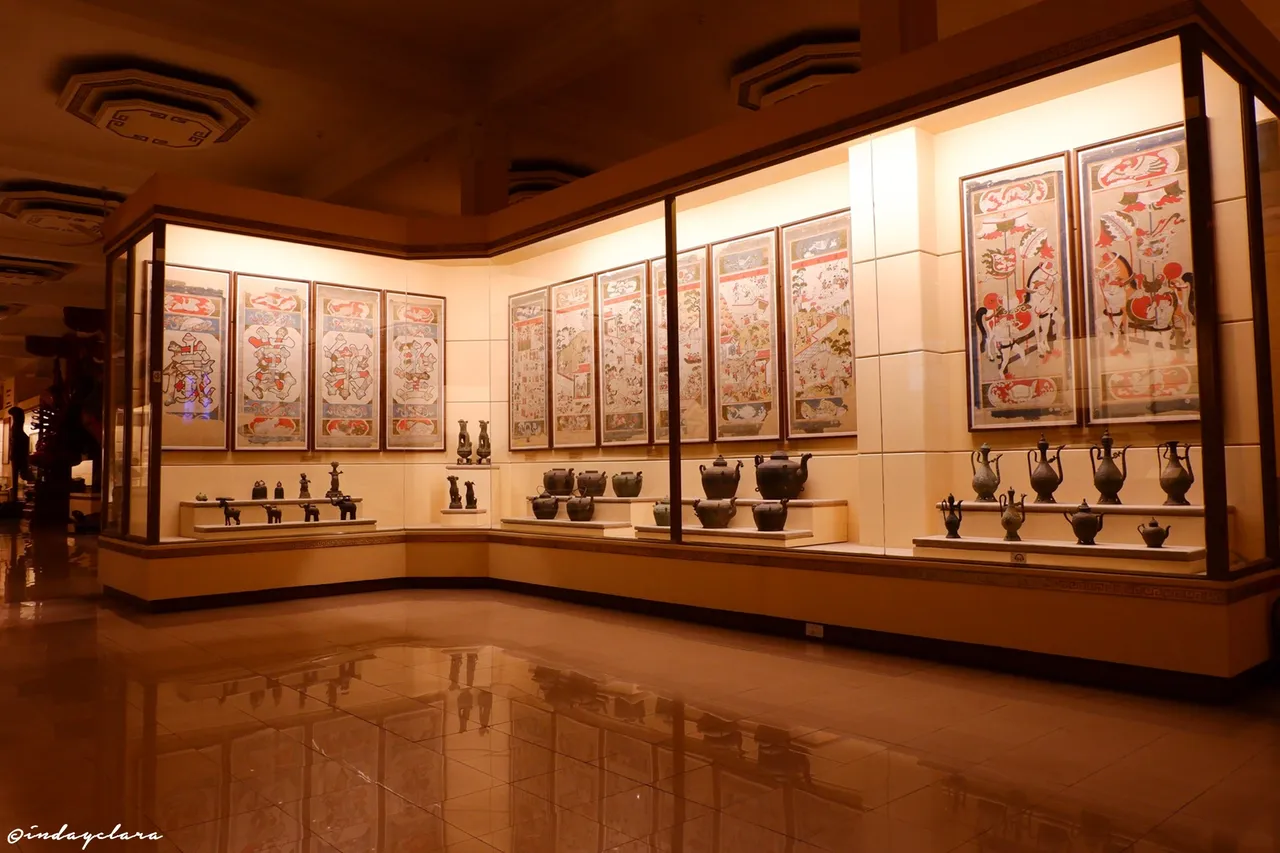
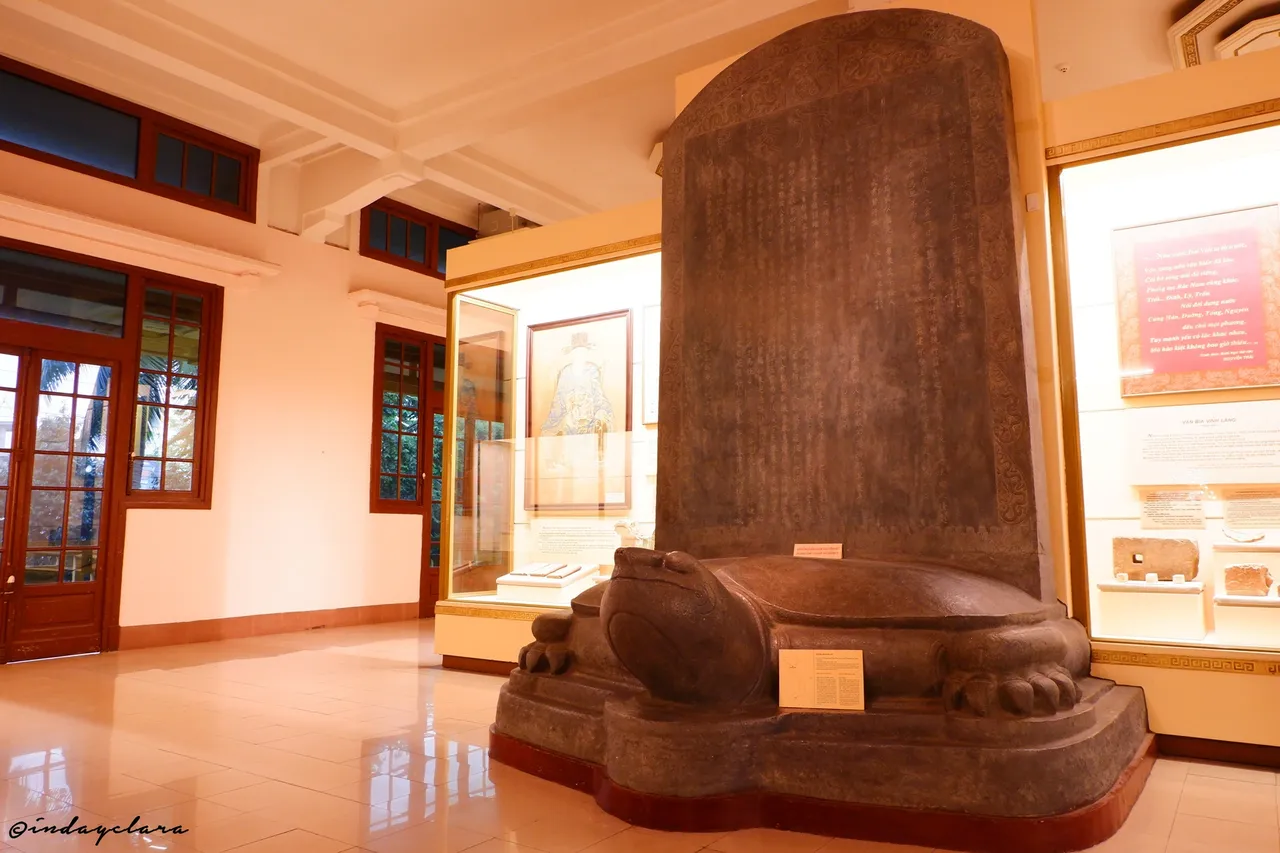
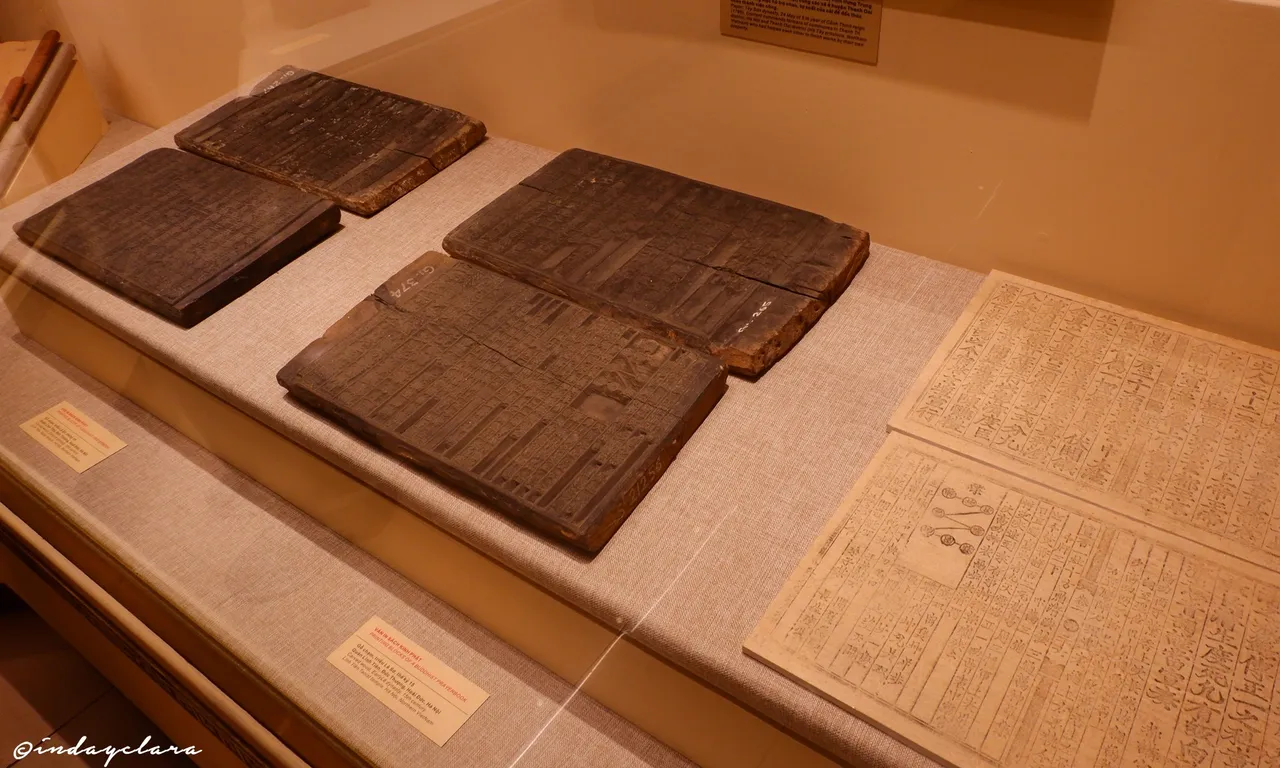
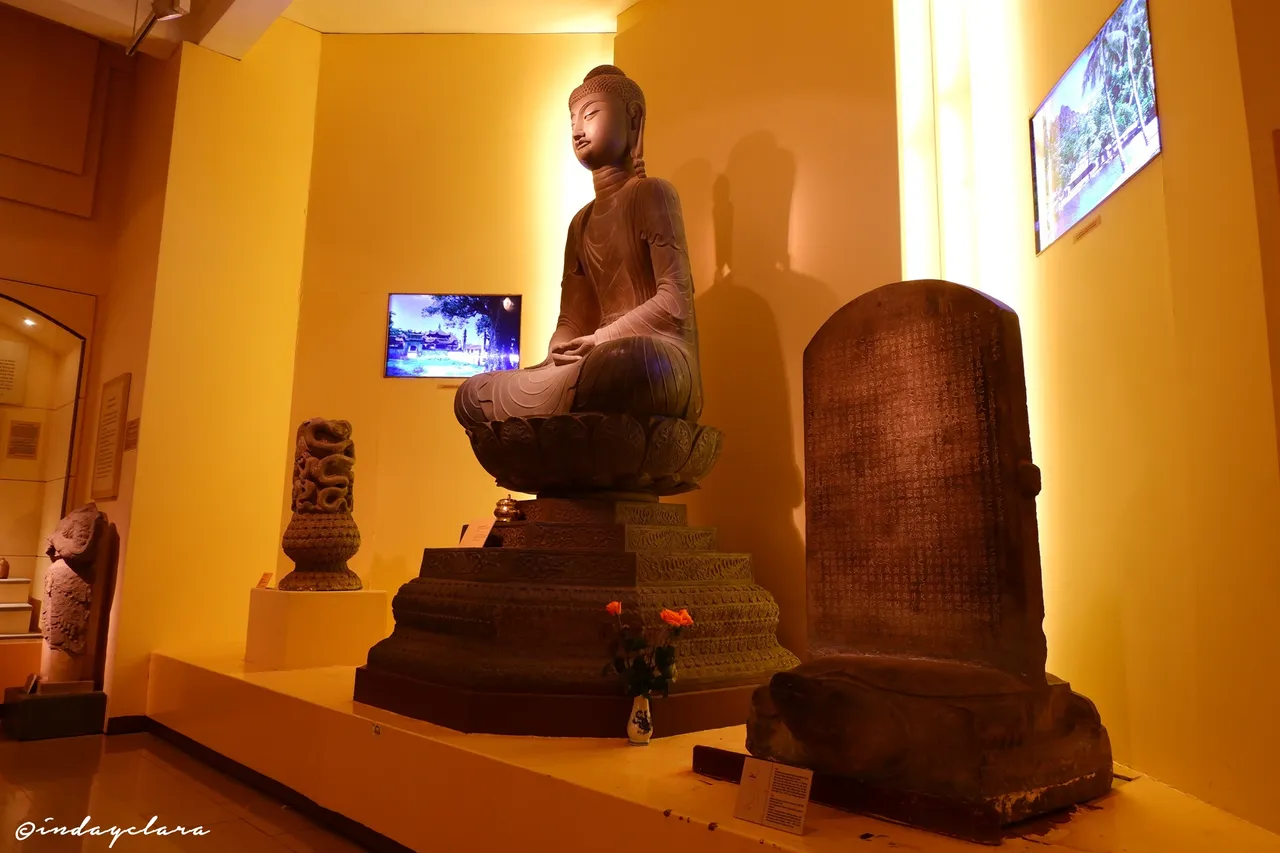
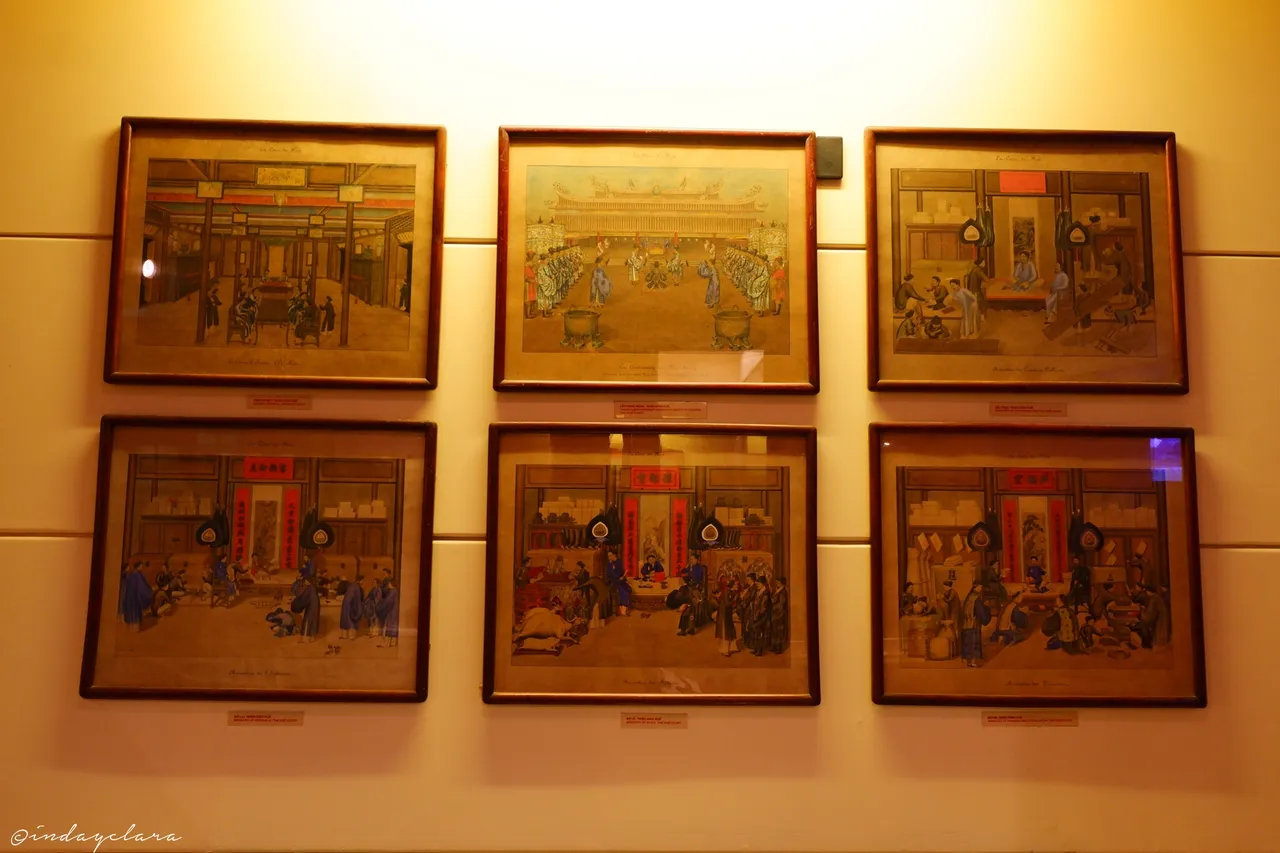
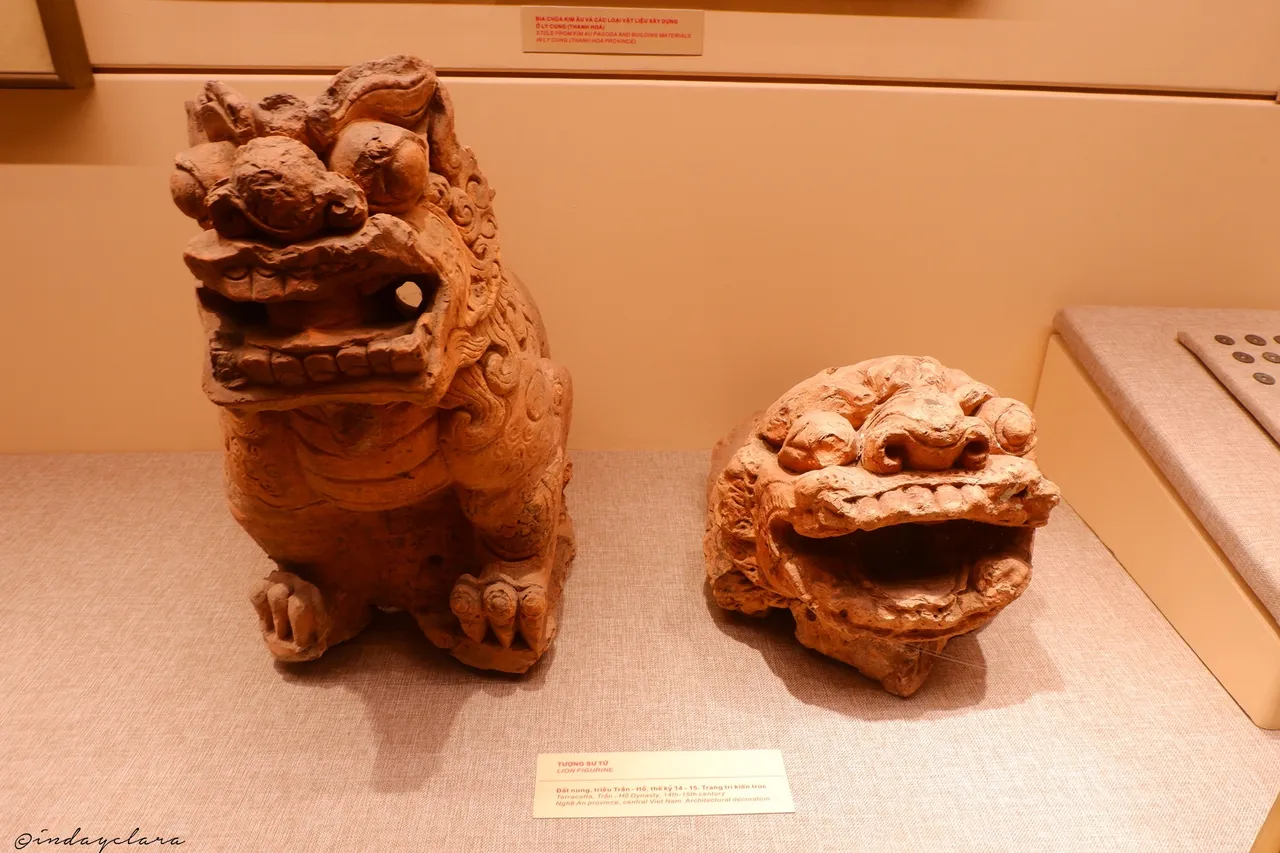
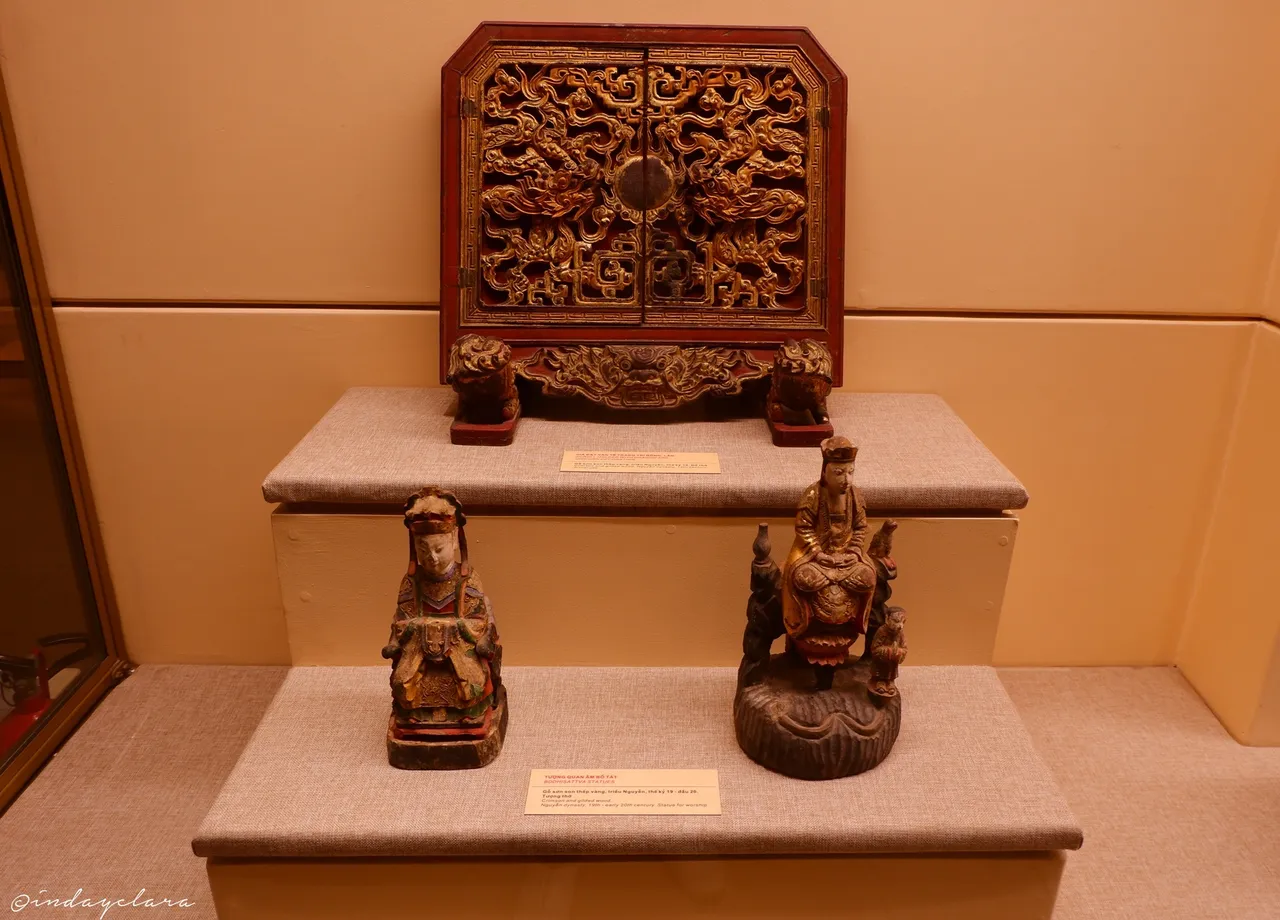
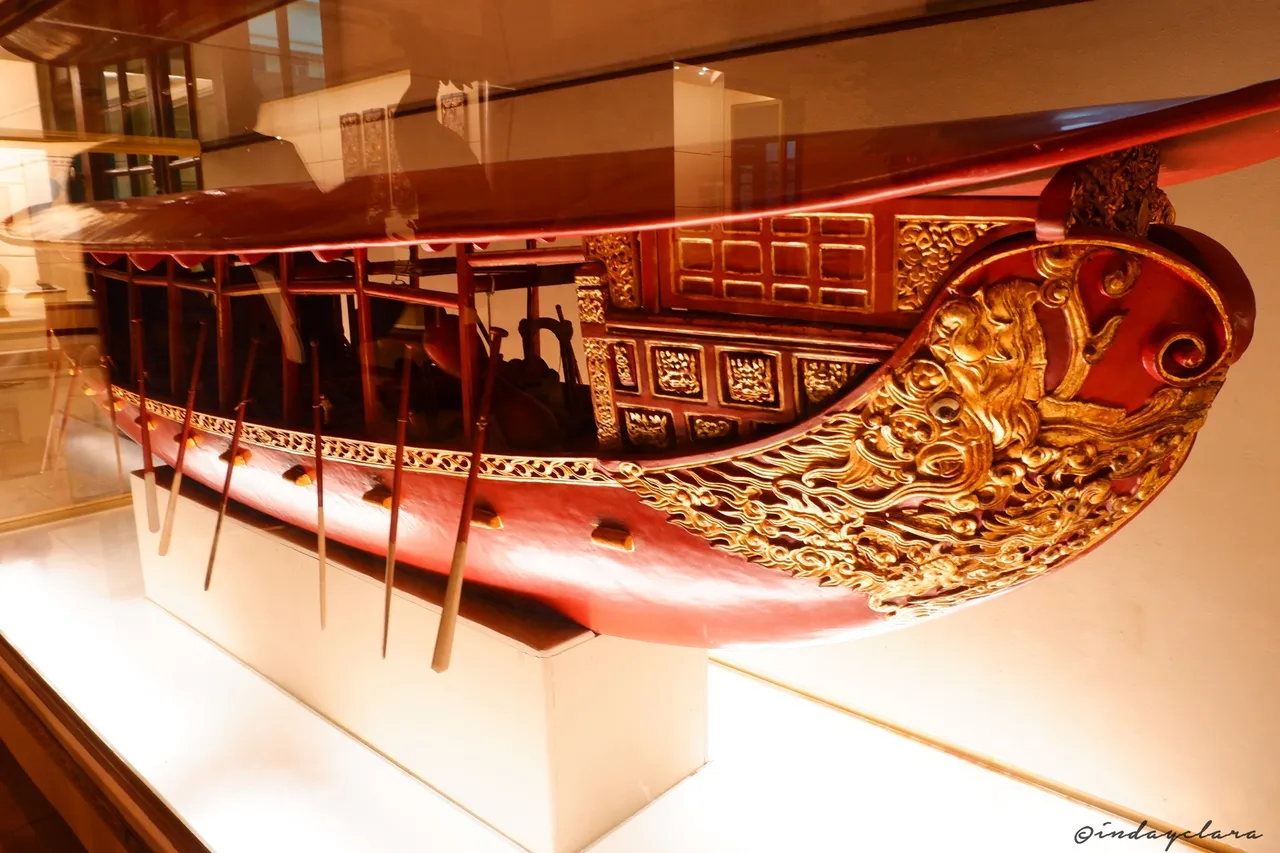
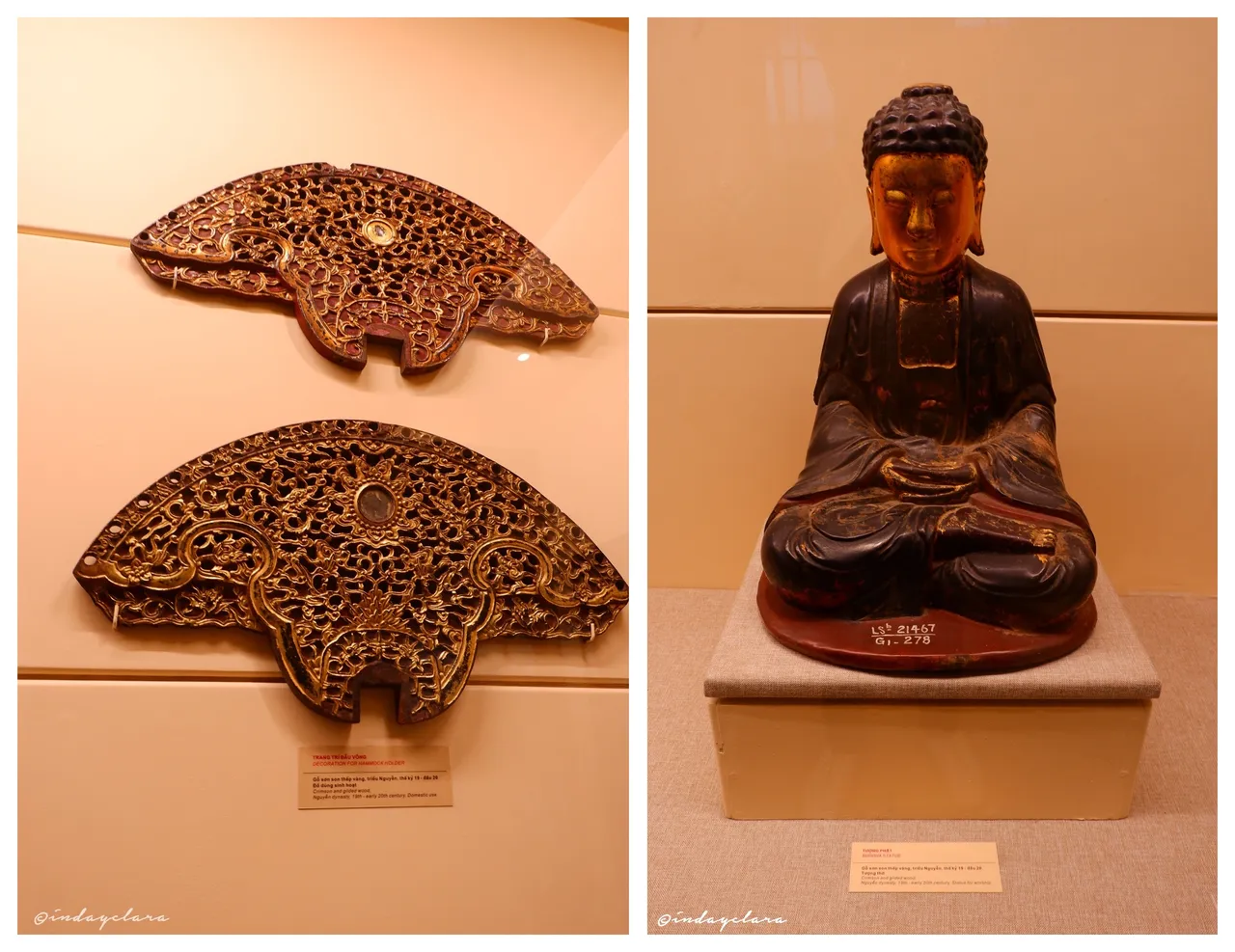
Both: crimson and gilded wood, Nguyen dynasty, 19th – early 20th century
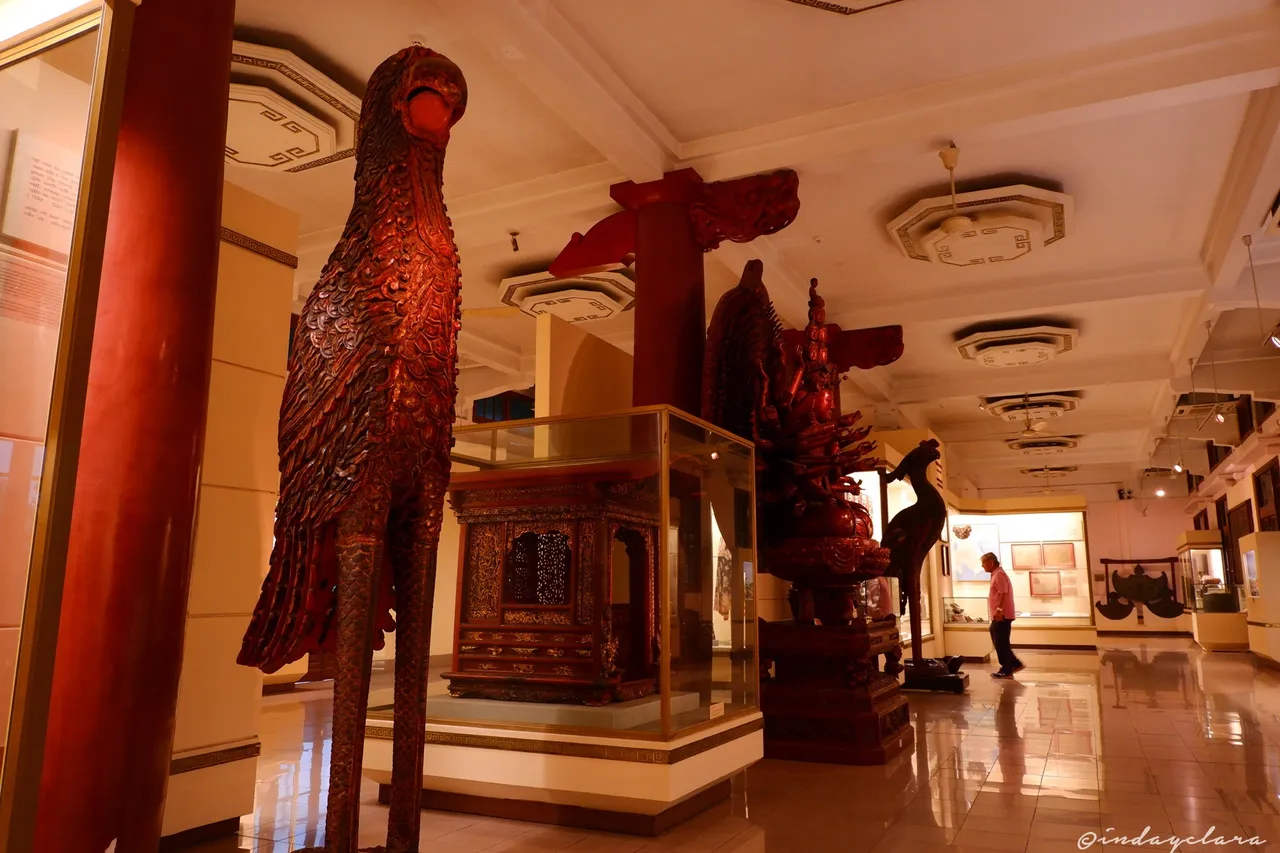
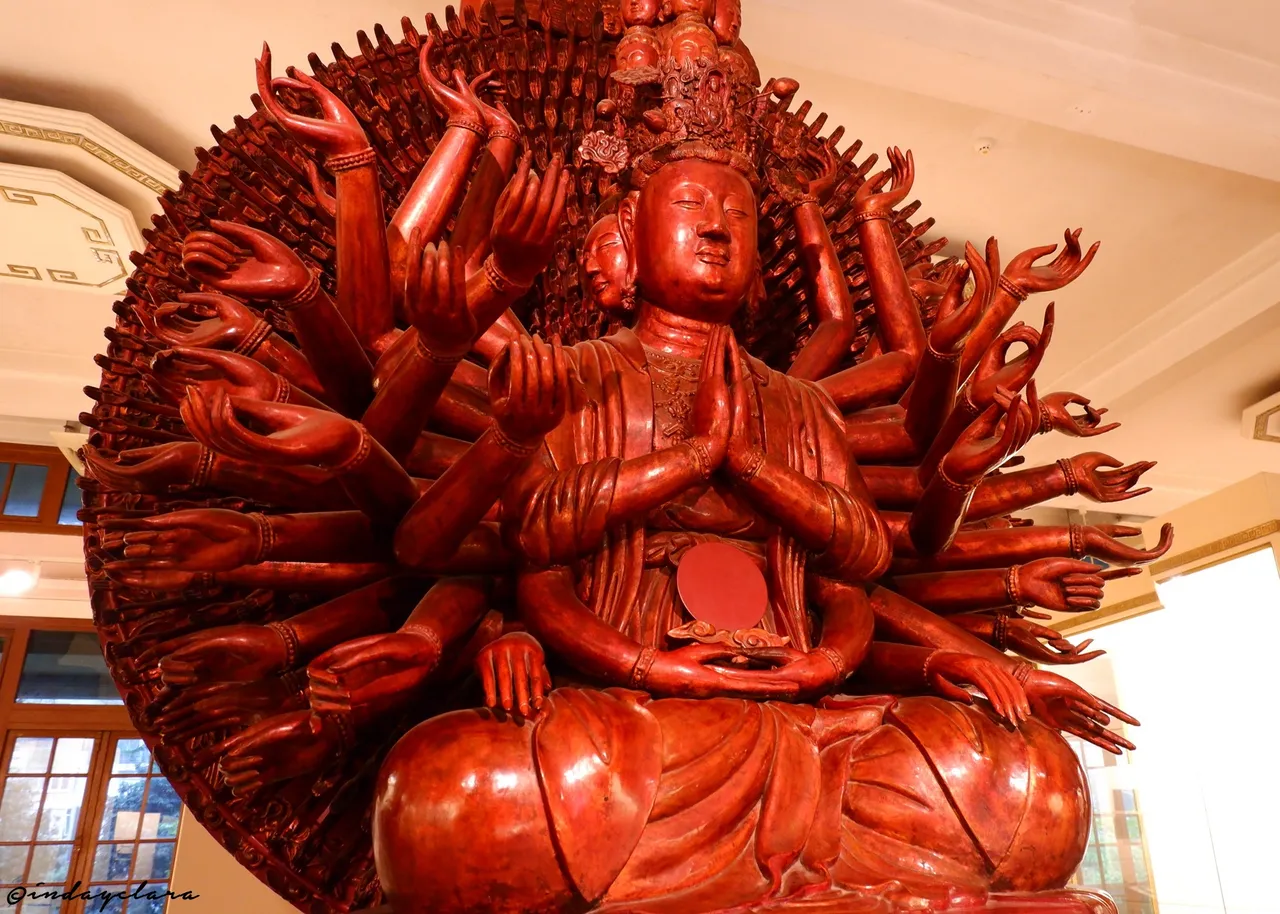
Crimson and gilded wood. Restored from the Le Dynasty in 1656
To witness the exhibit of Vietnam’s finest collections of artifacts that have delighted millions of people all over the world was a once in a lifetime experience I will treasure.
The museum is open from 8:00 a.m. to 12:00 p.m. and 1:30 p.m. to 5:00 p.m. every day except on Mondays of the first week of each month. The entrance fee is 40,000 dong or less than a dollar.
Thank you for reading! Stay tune, Steem on and Always remember,
